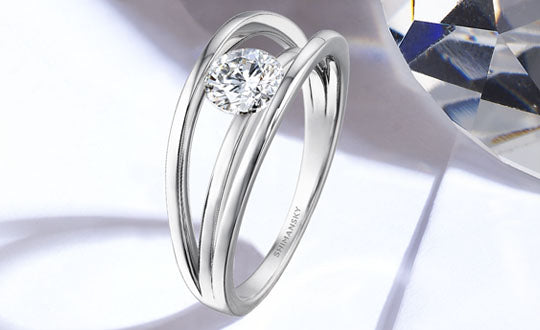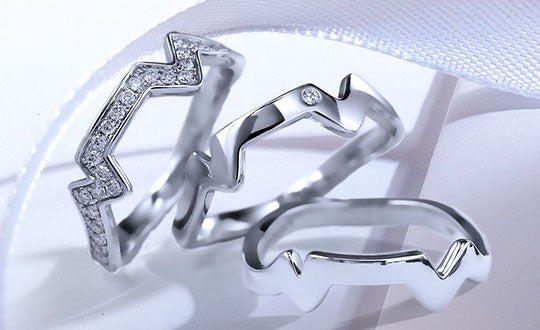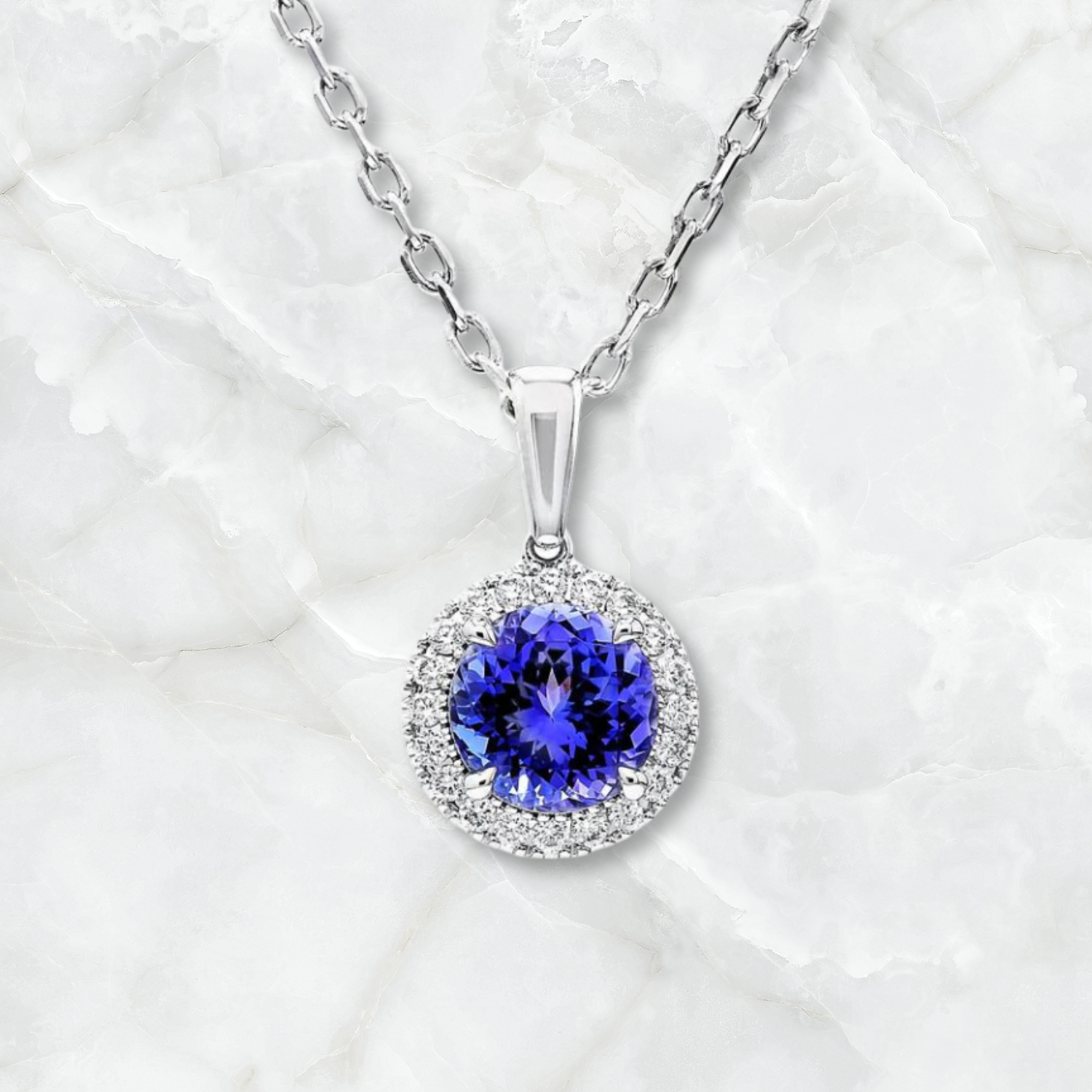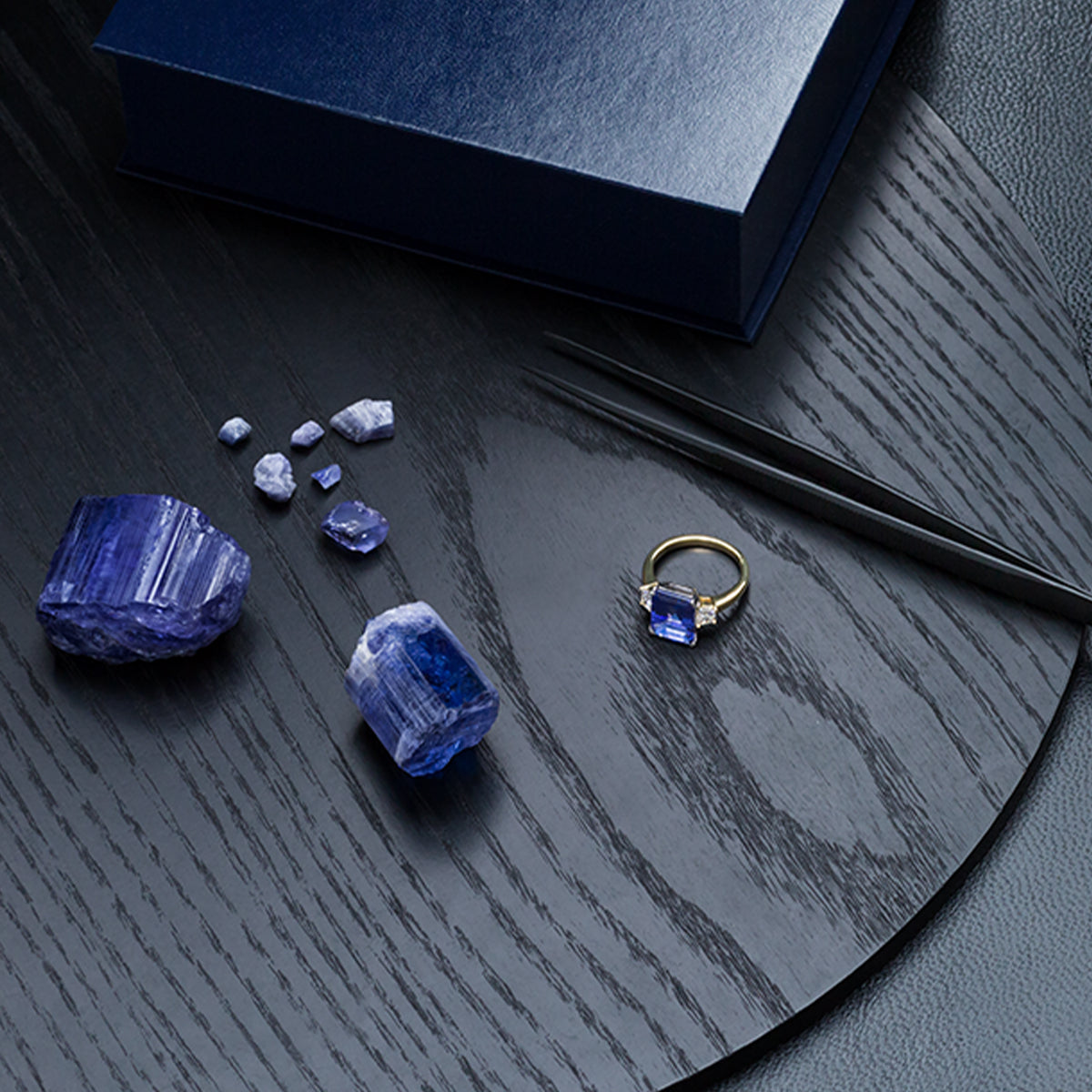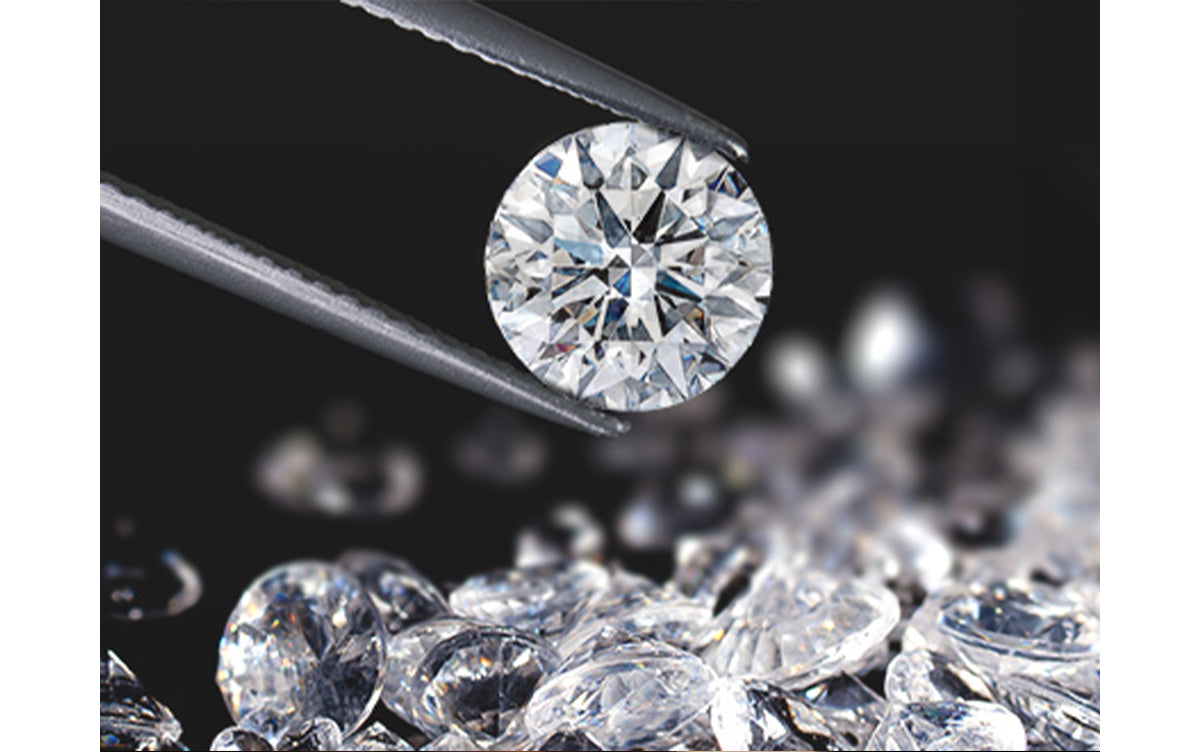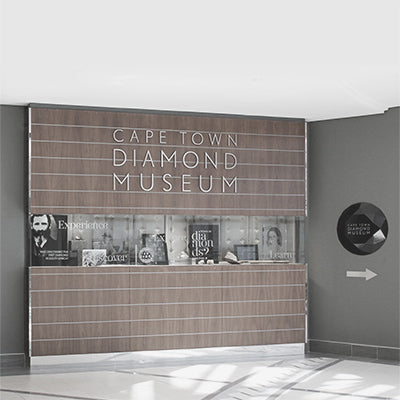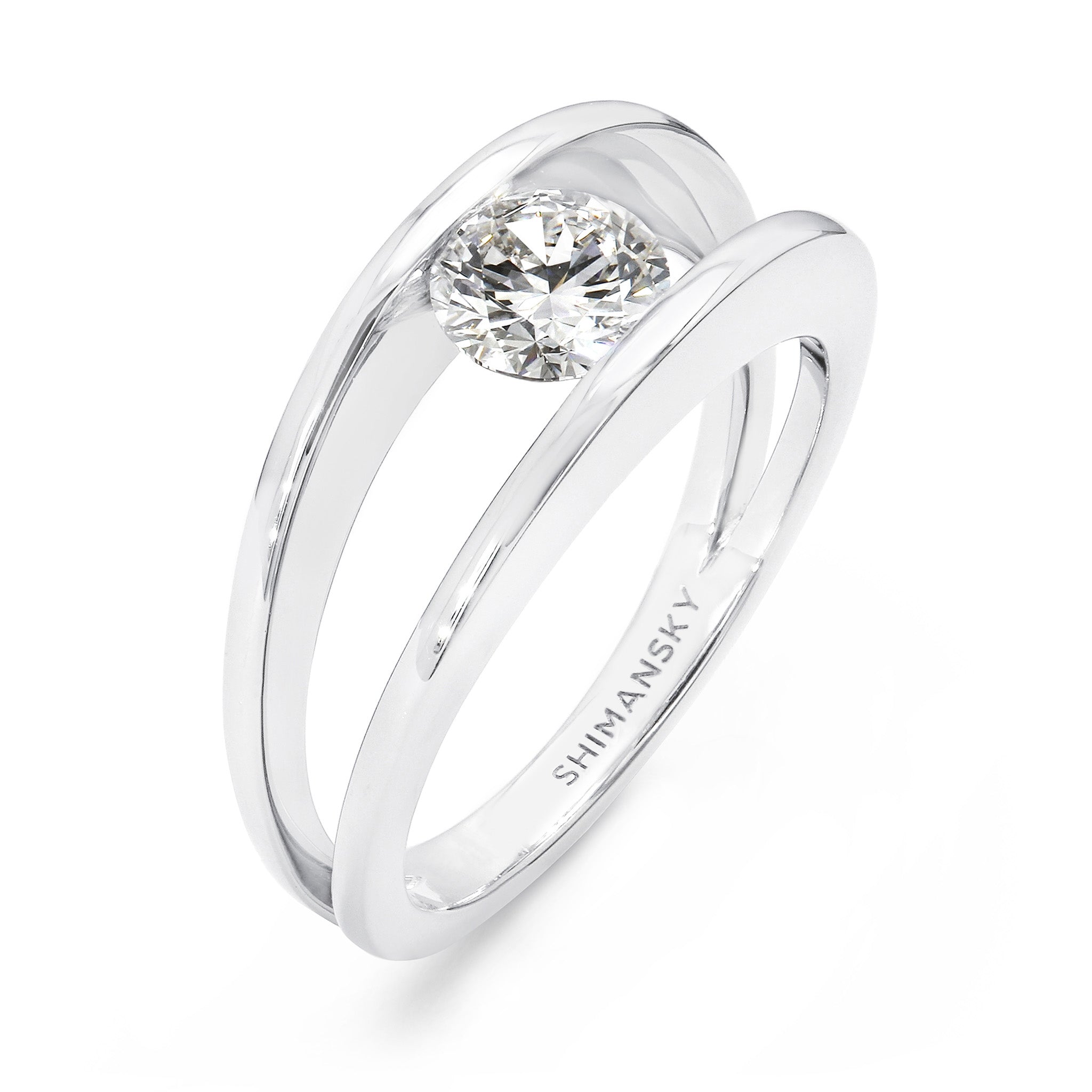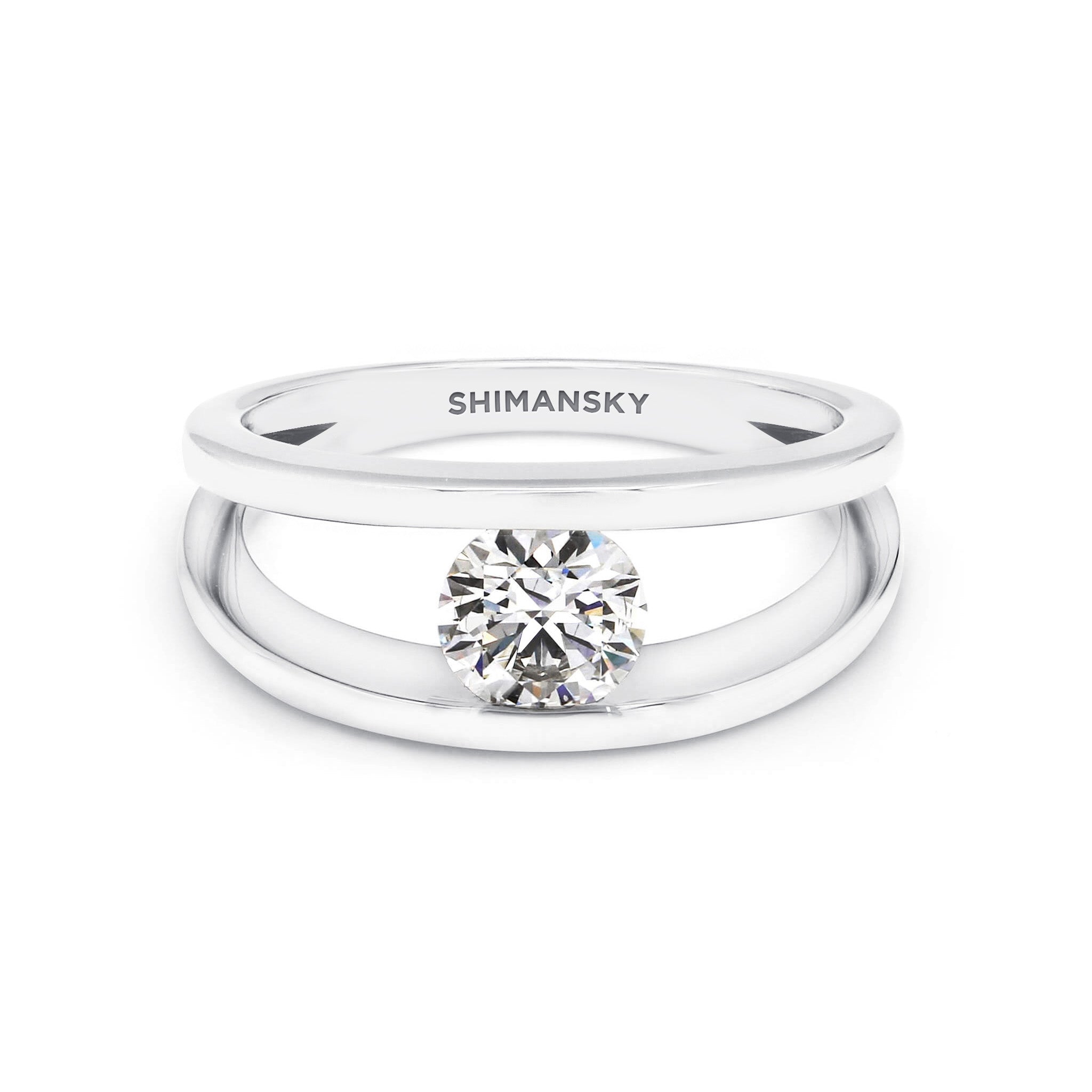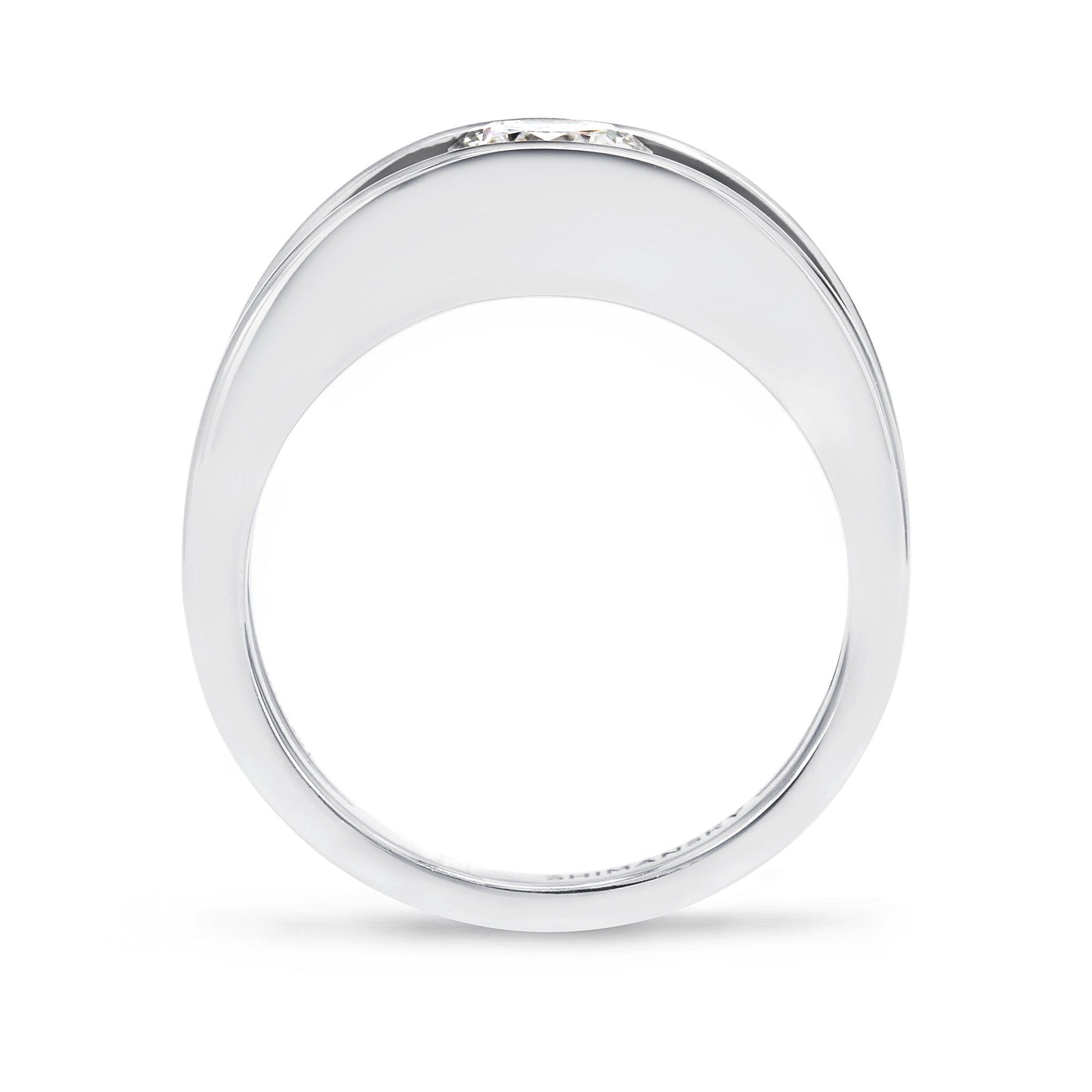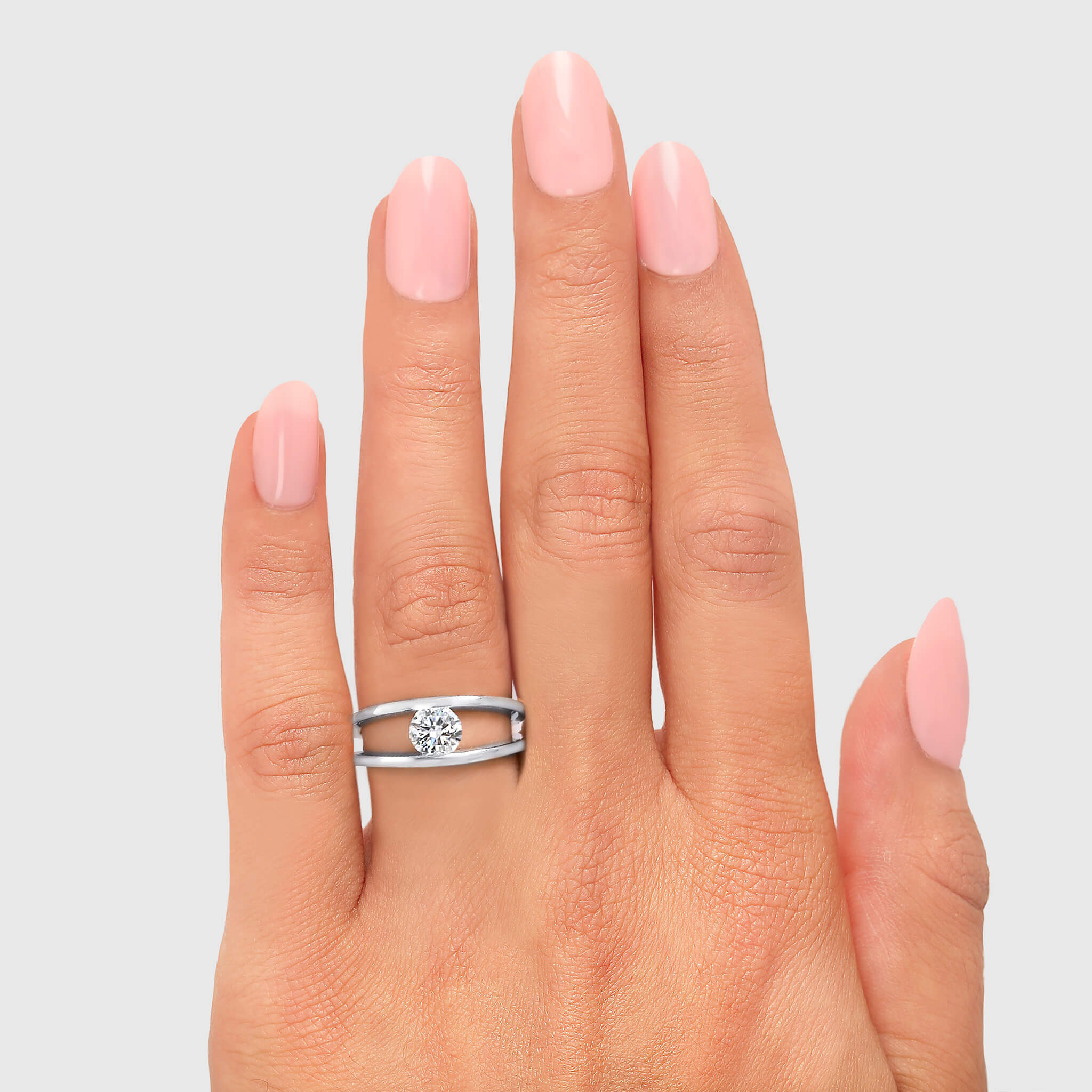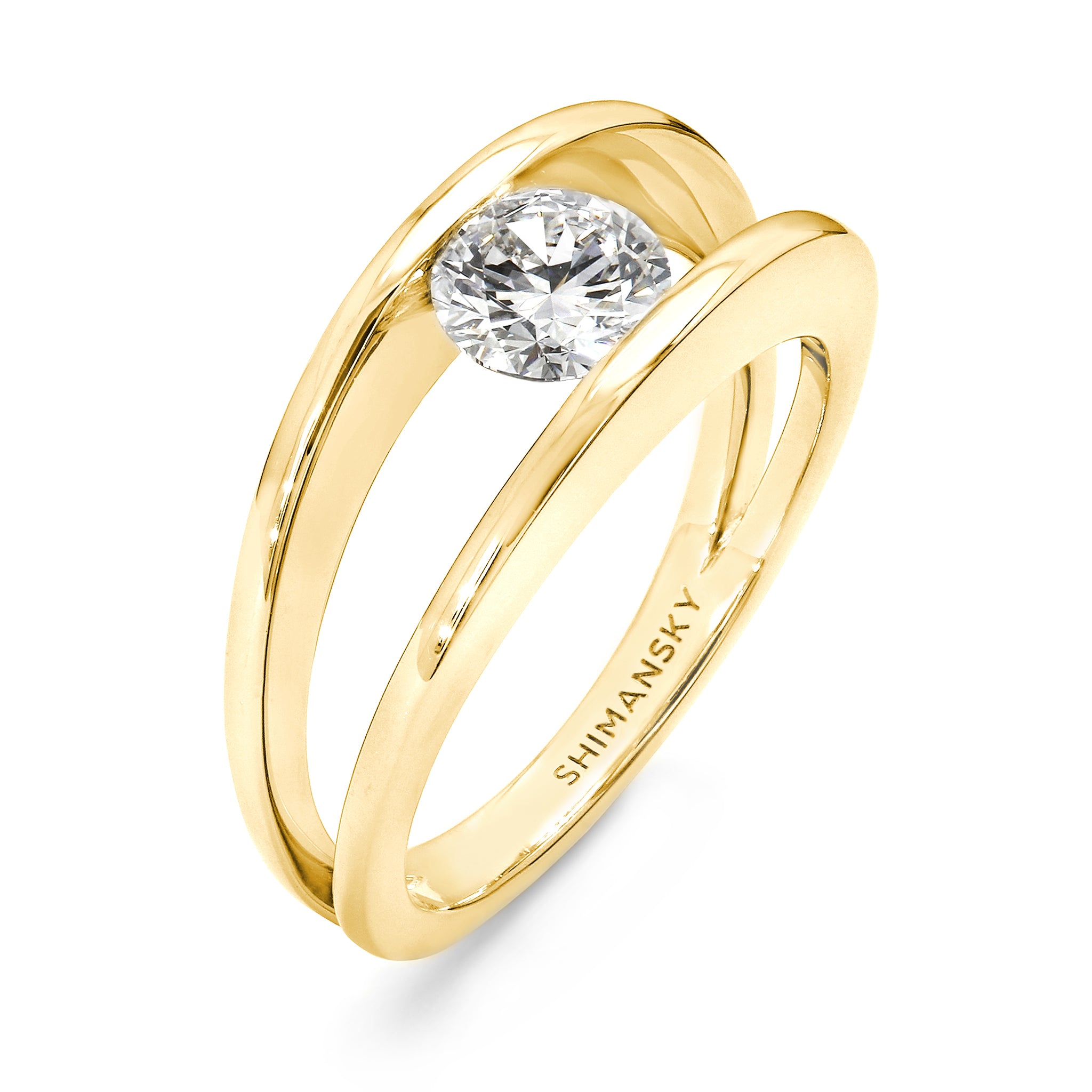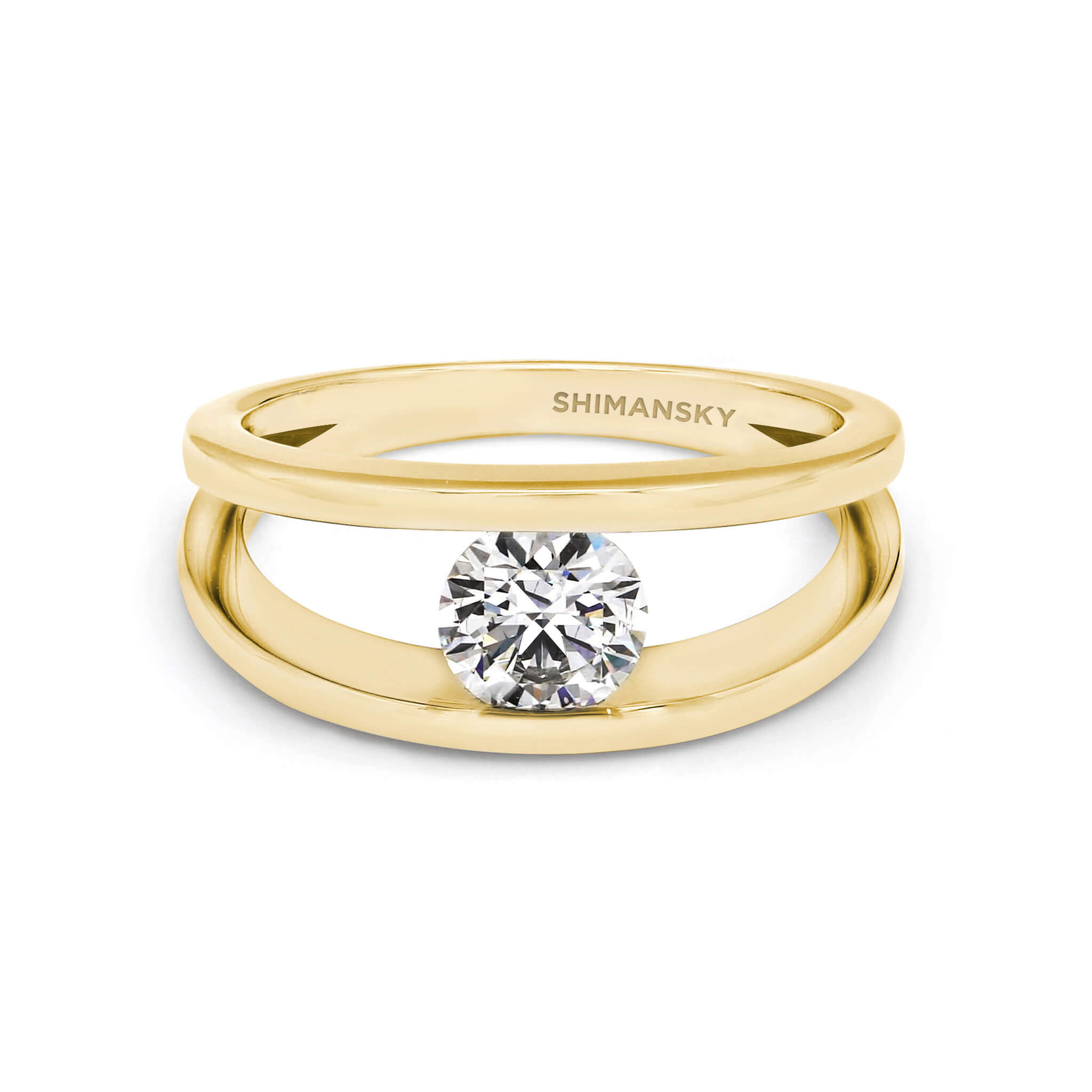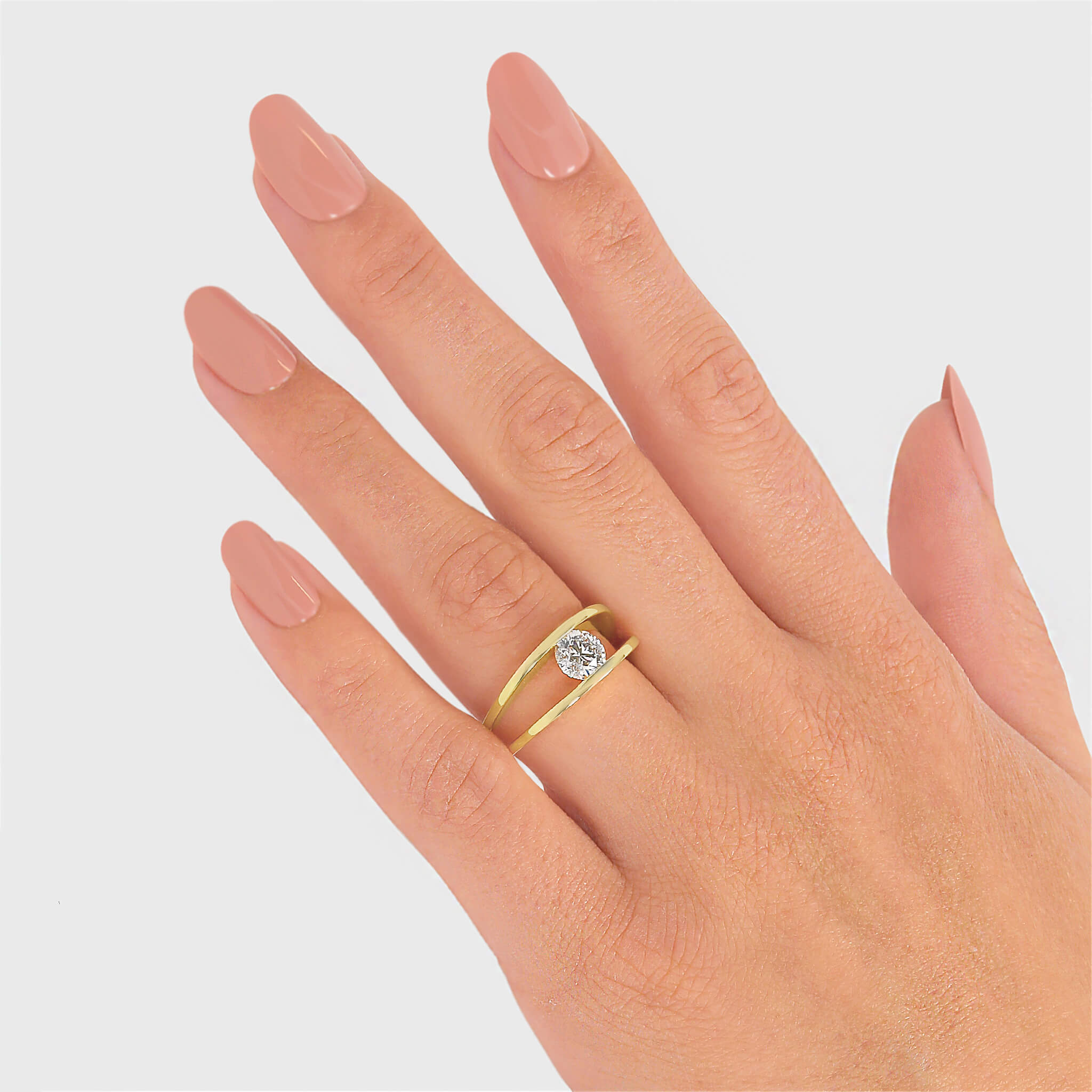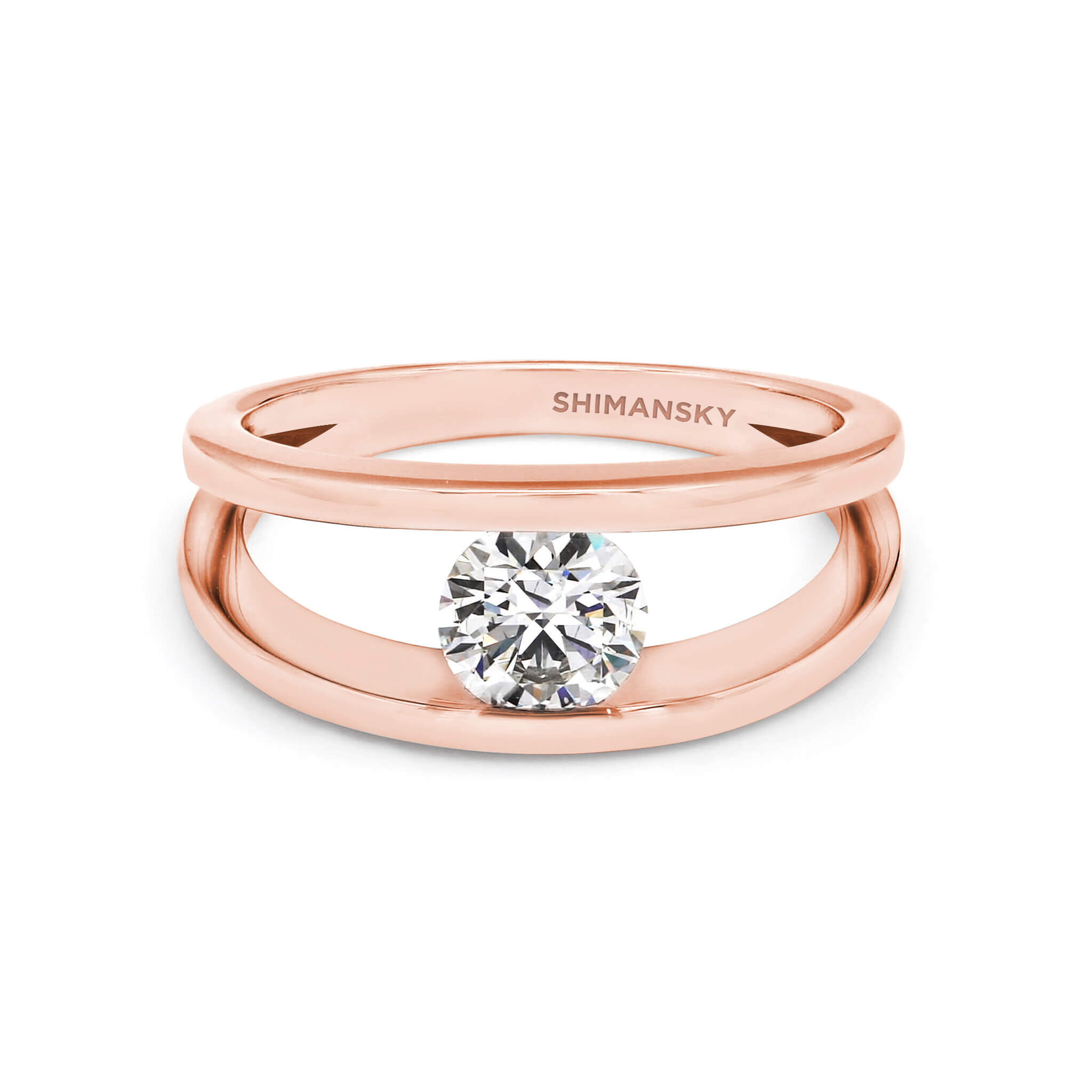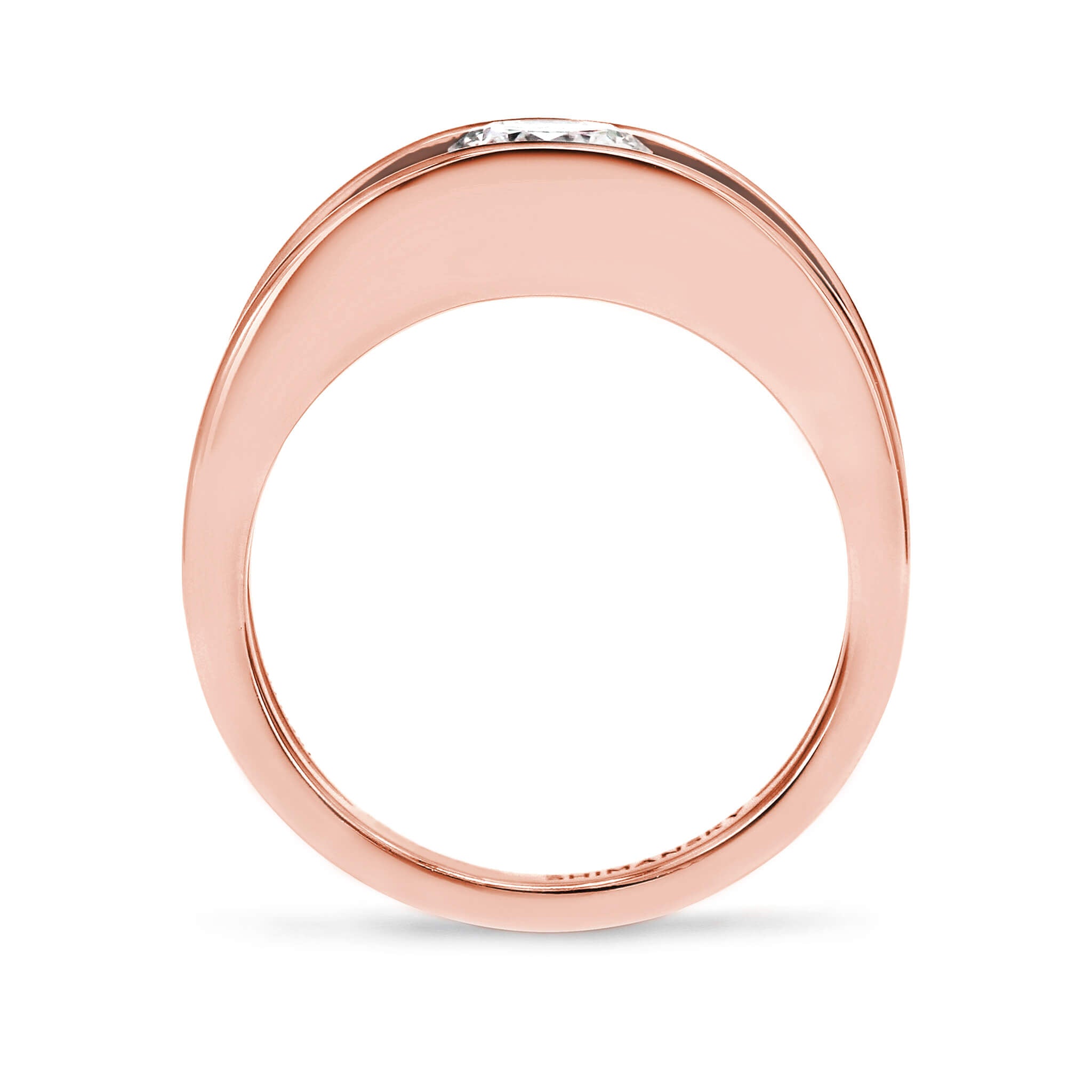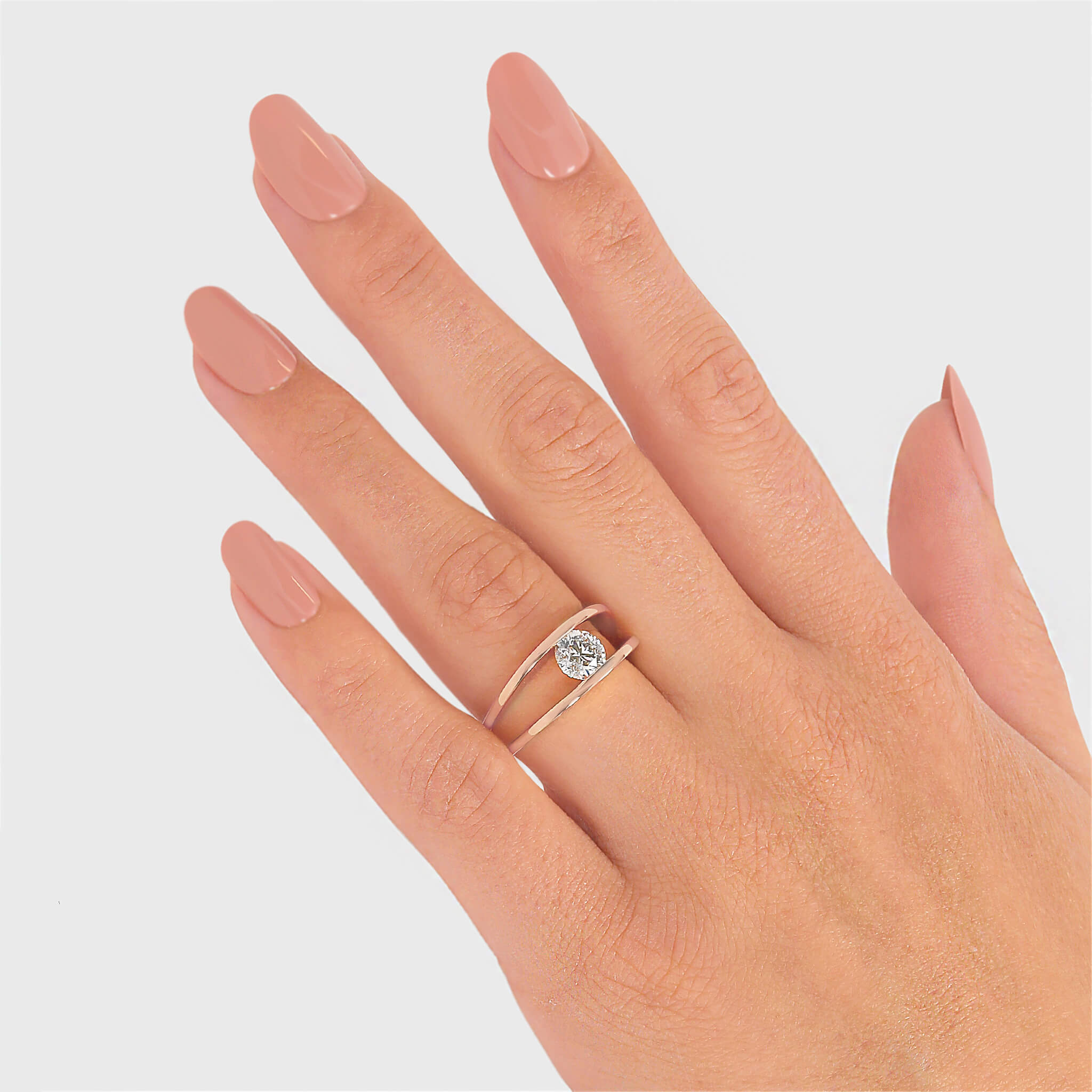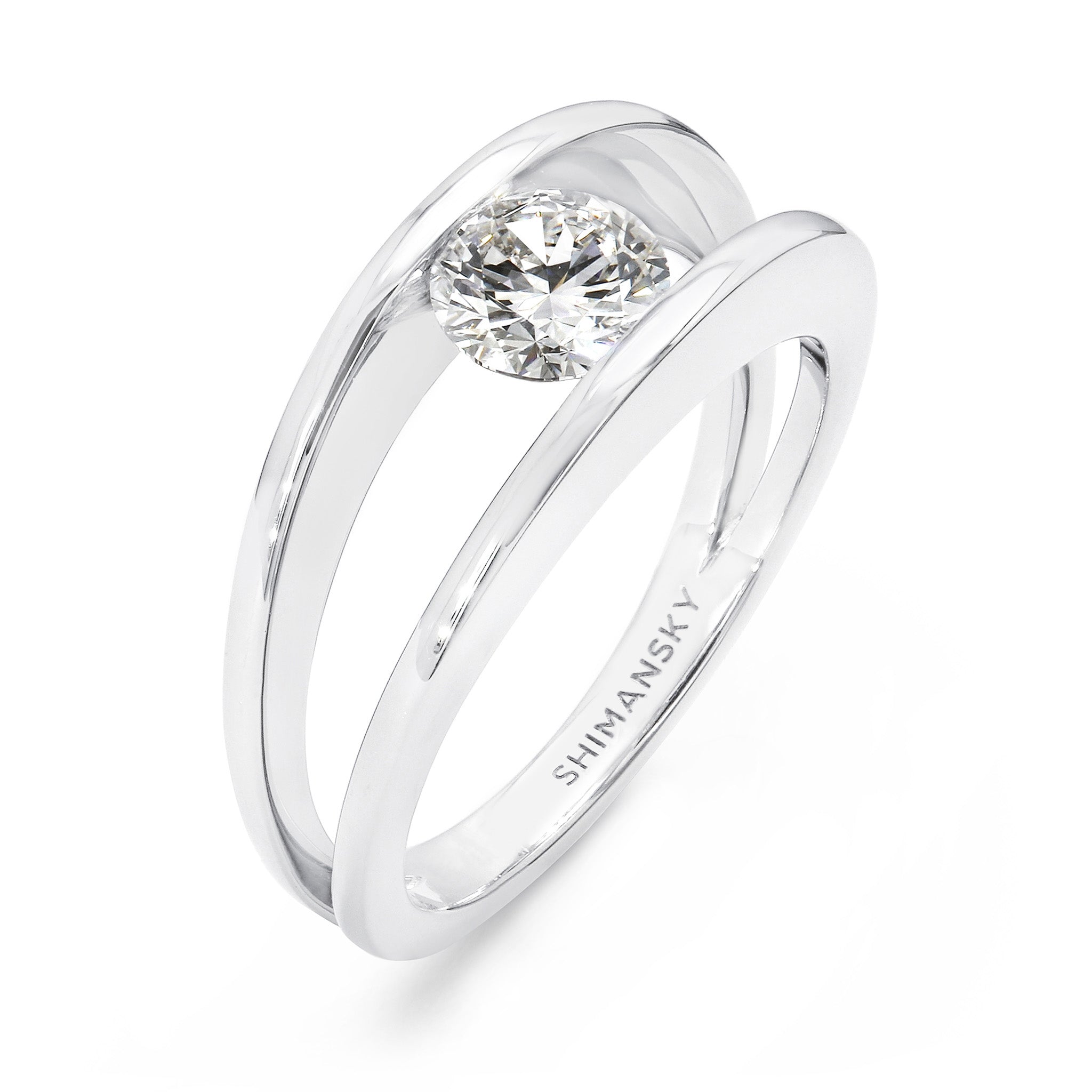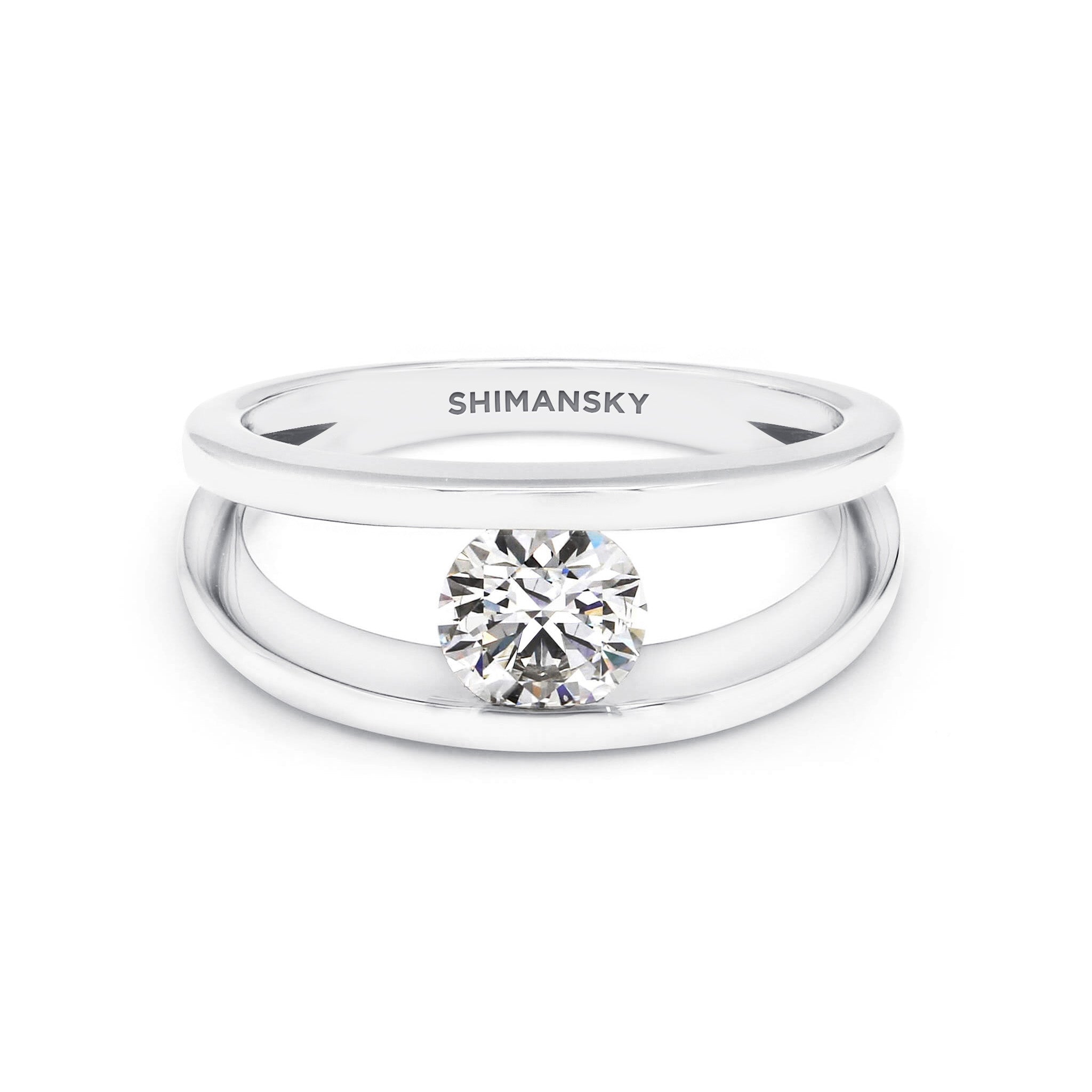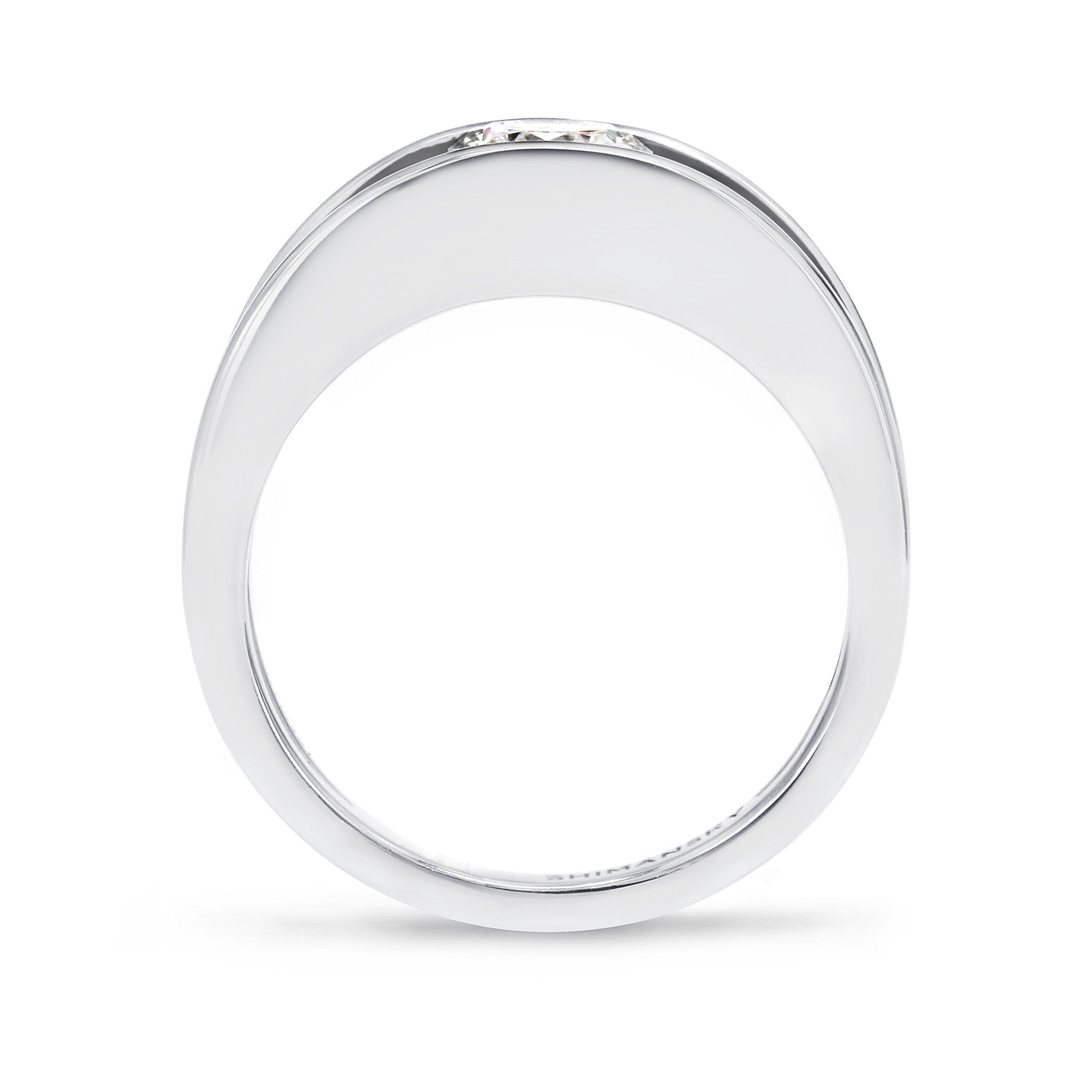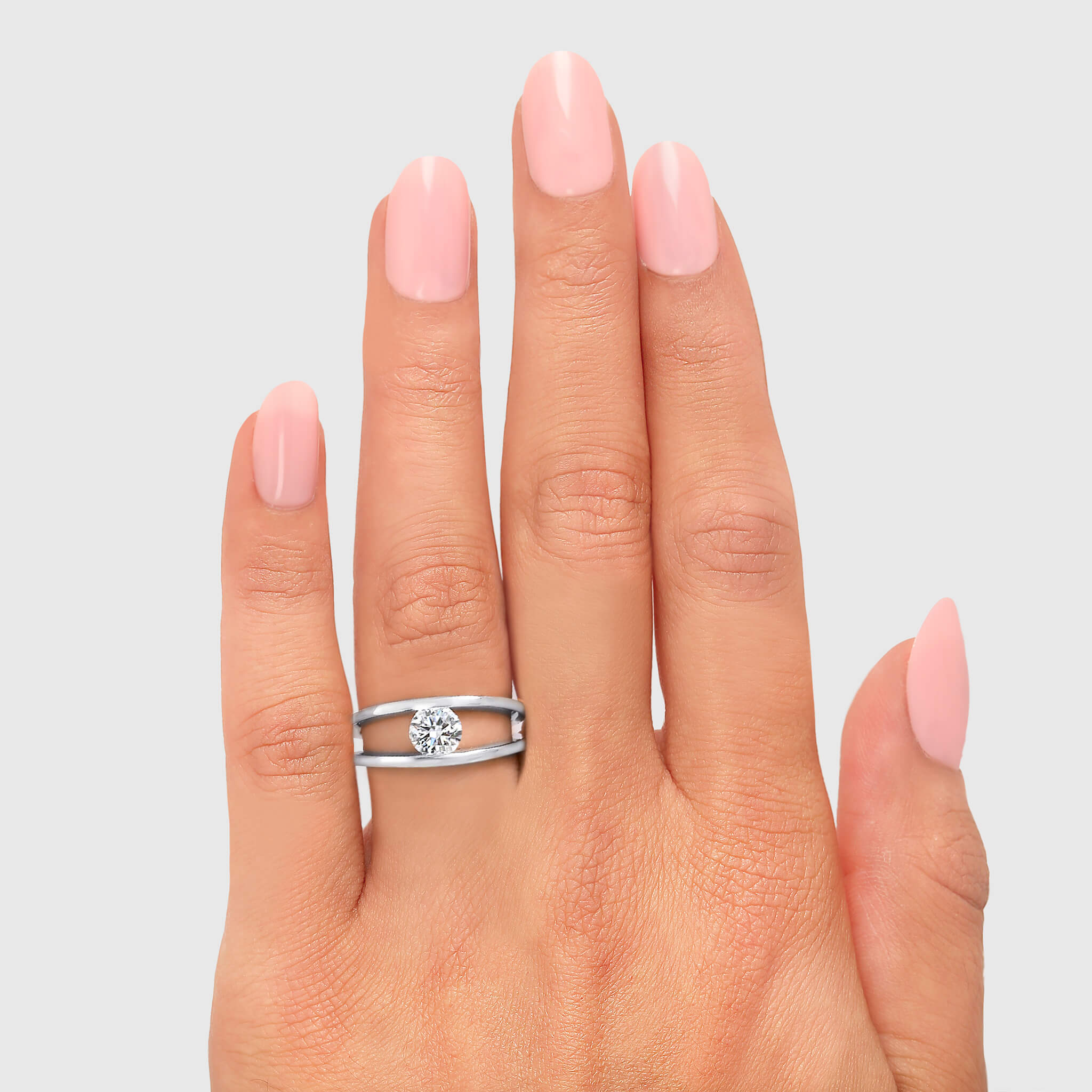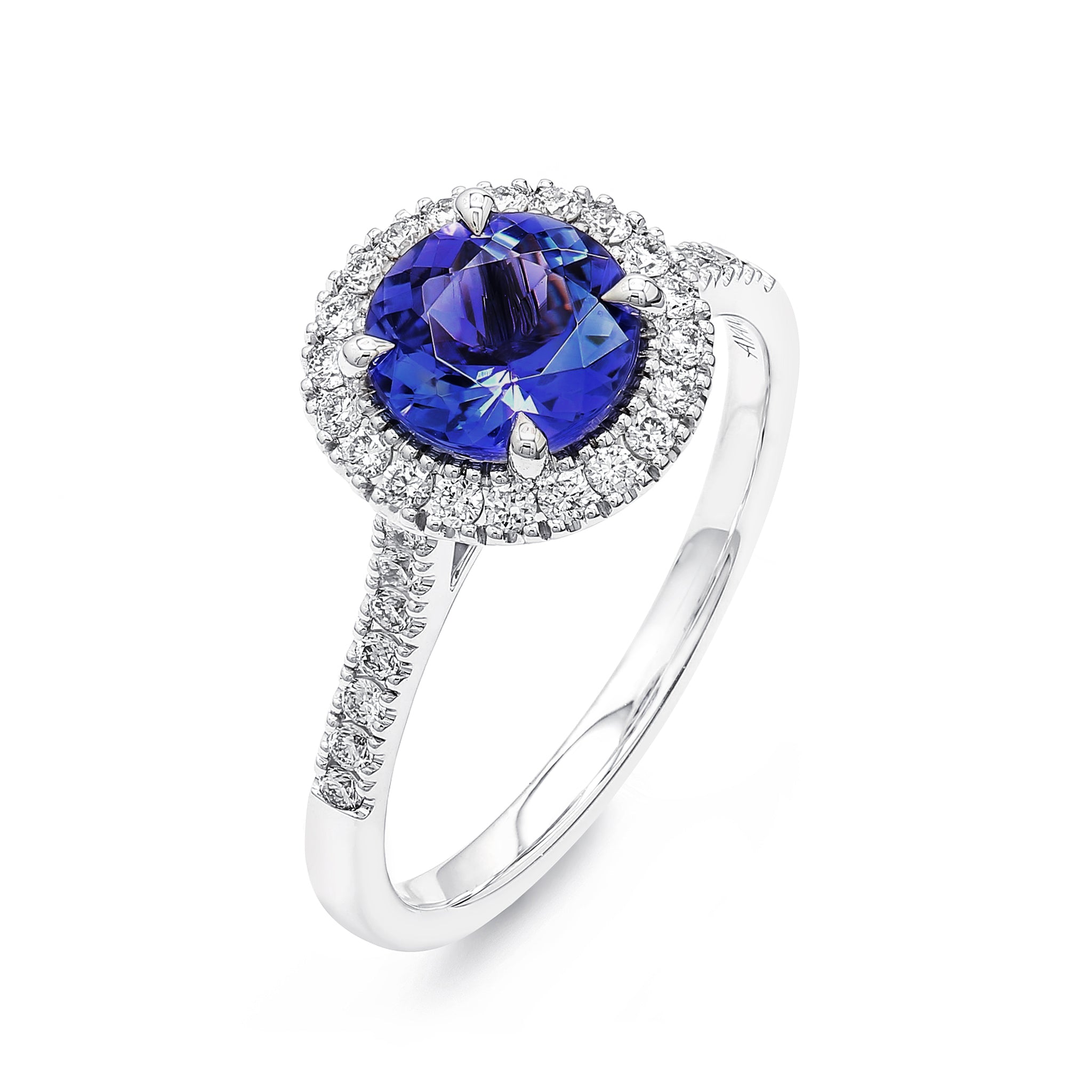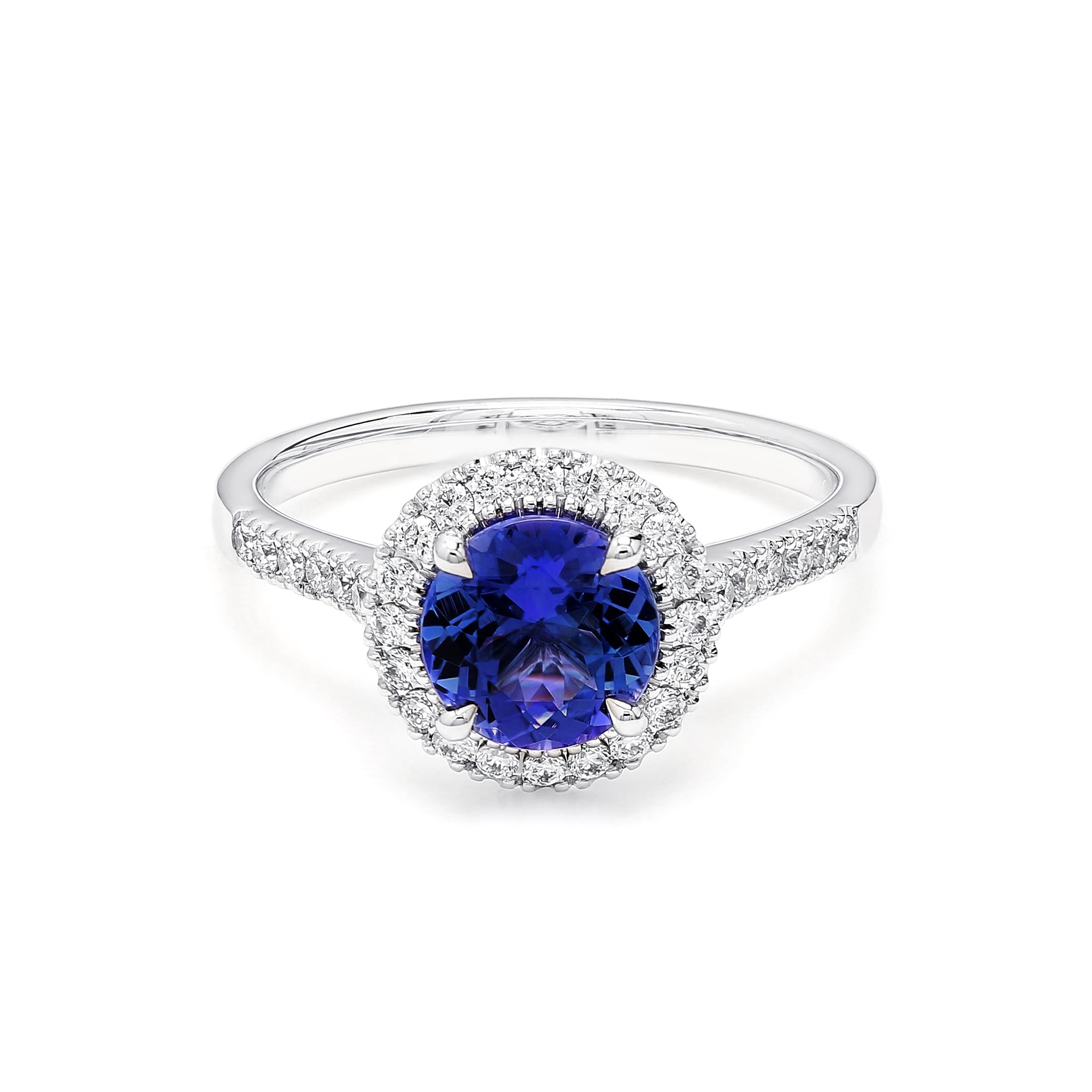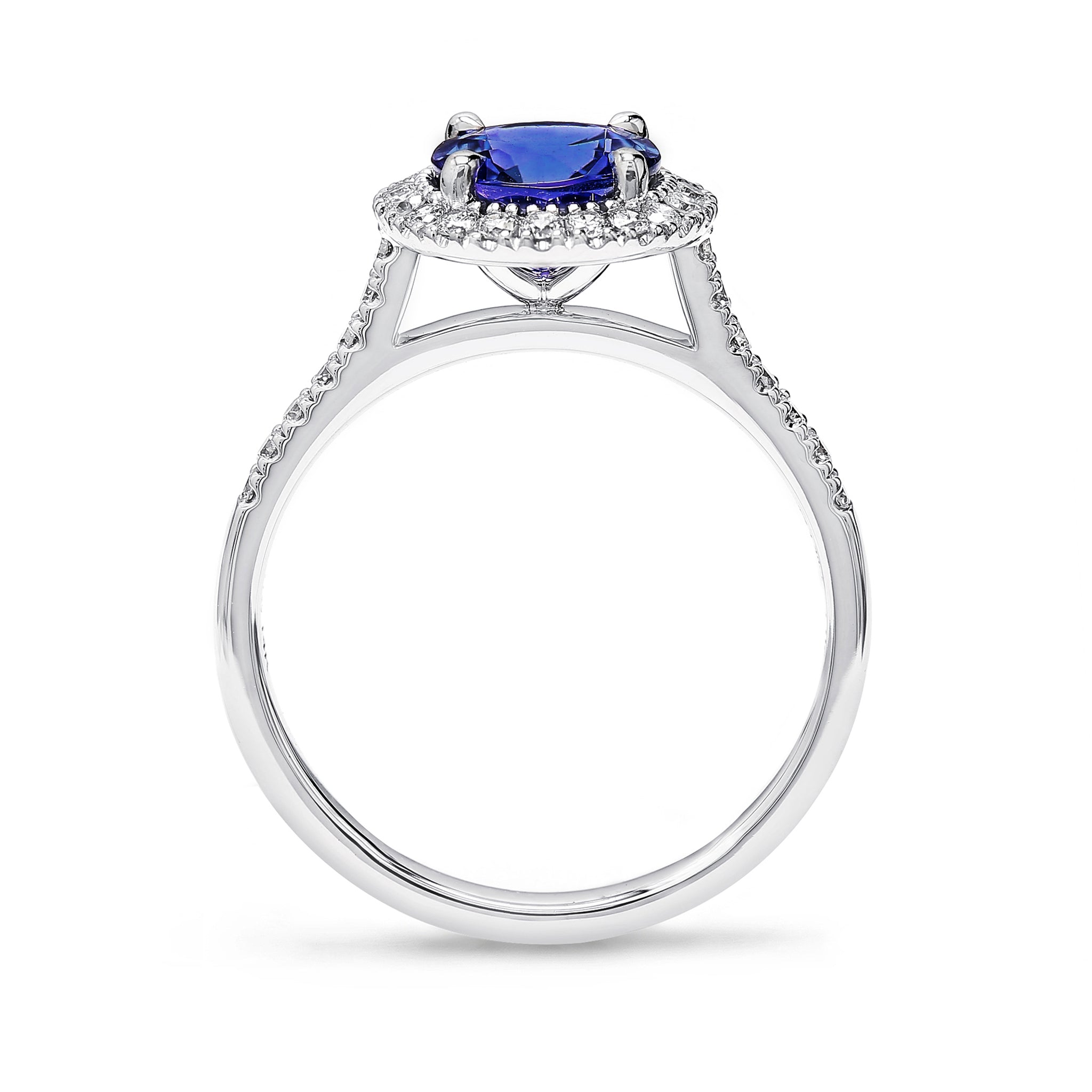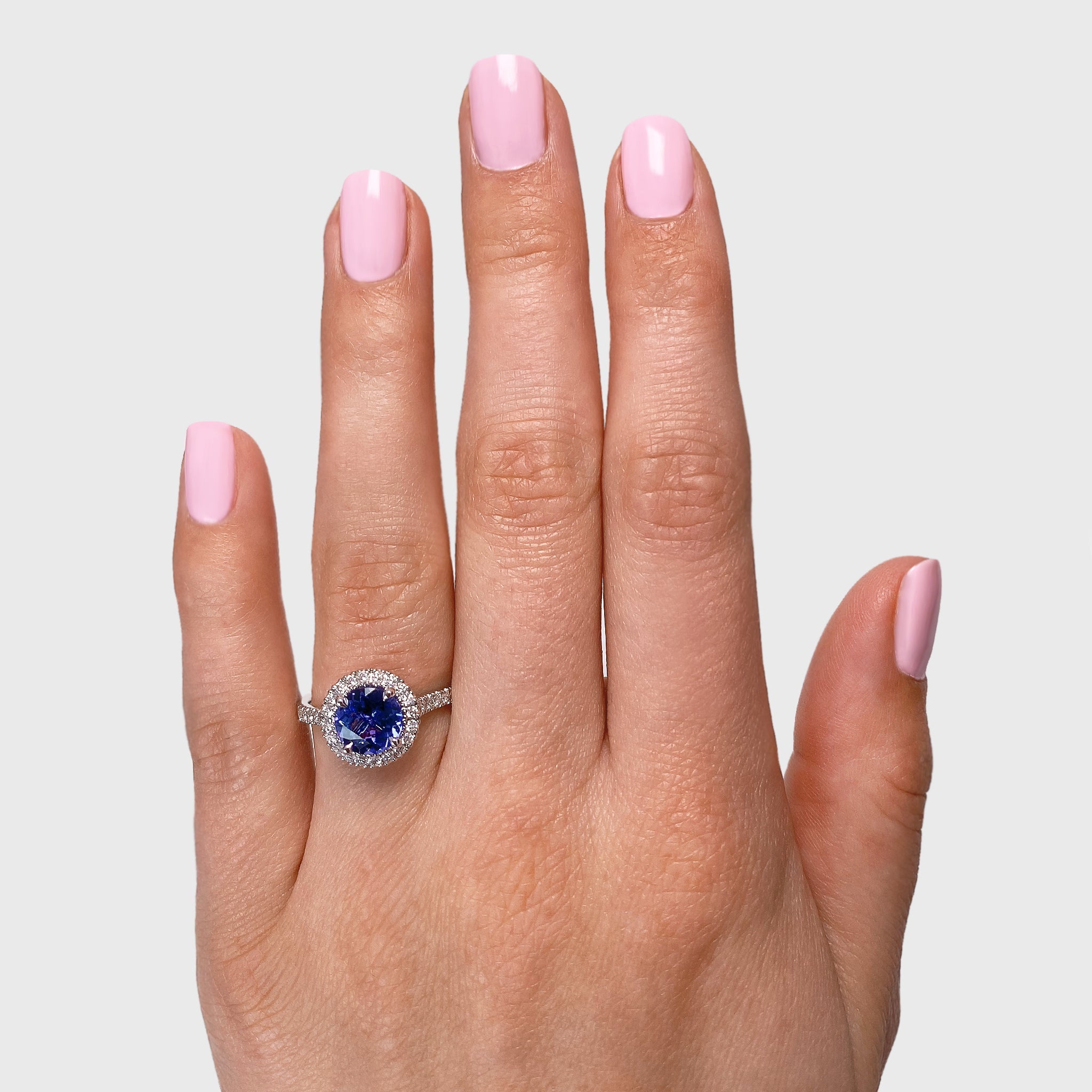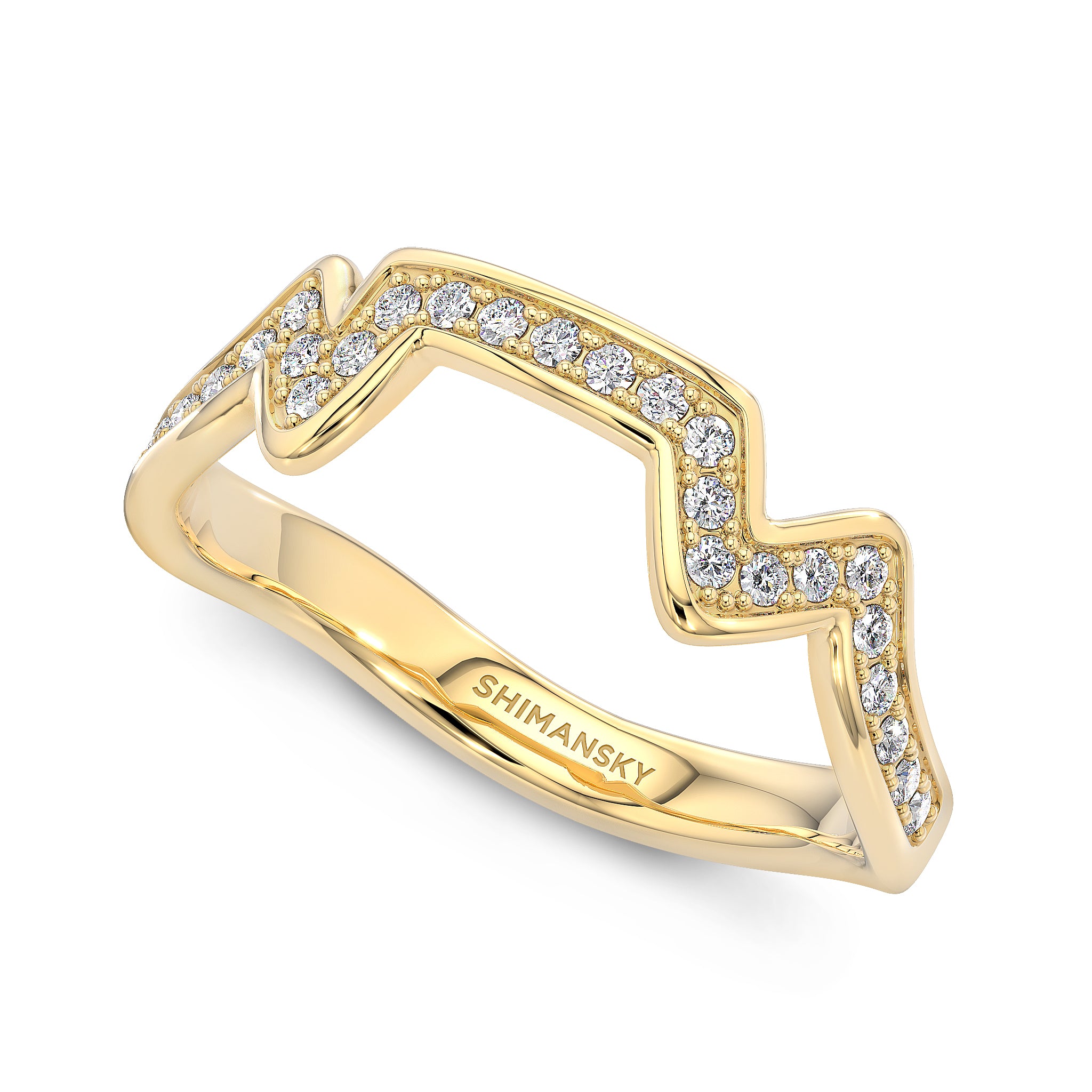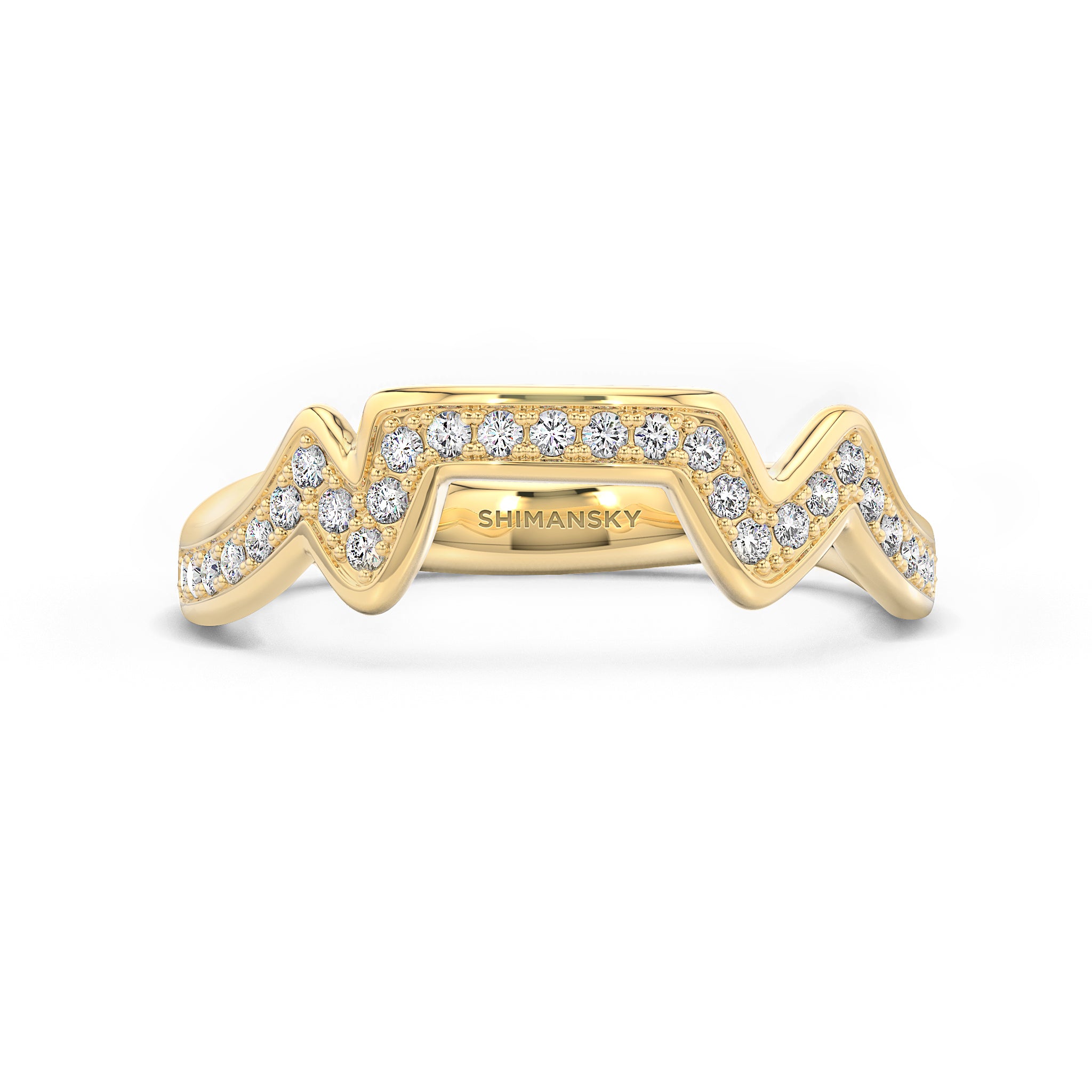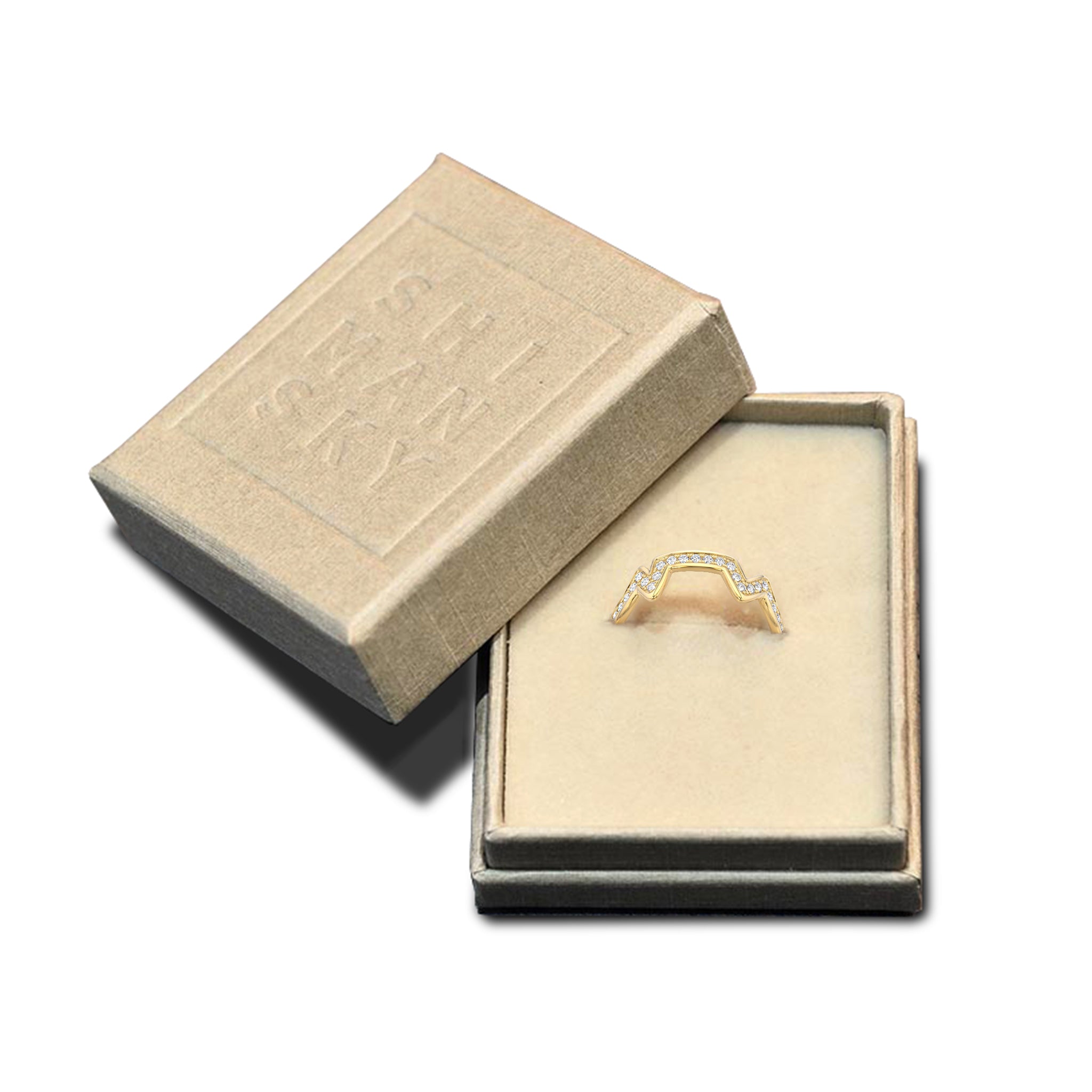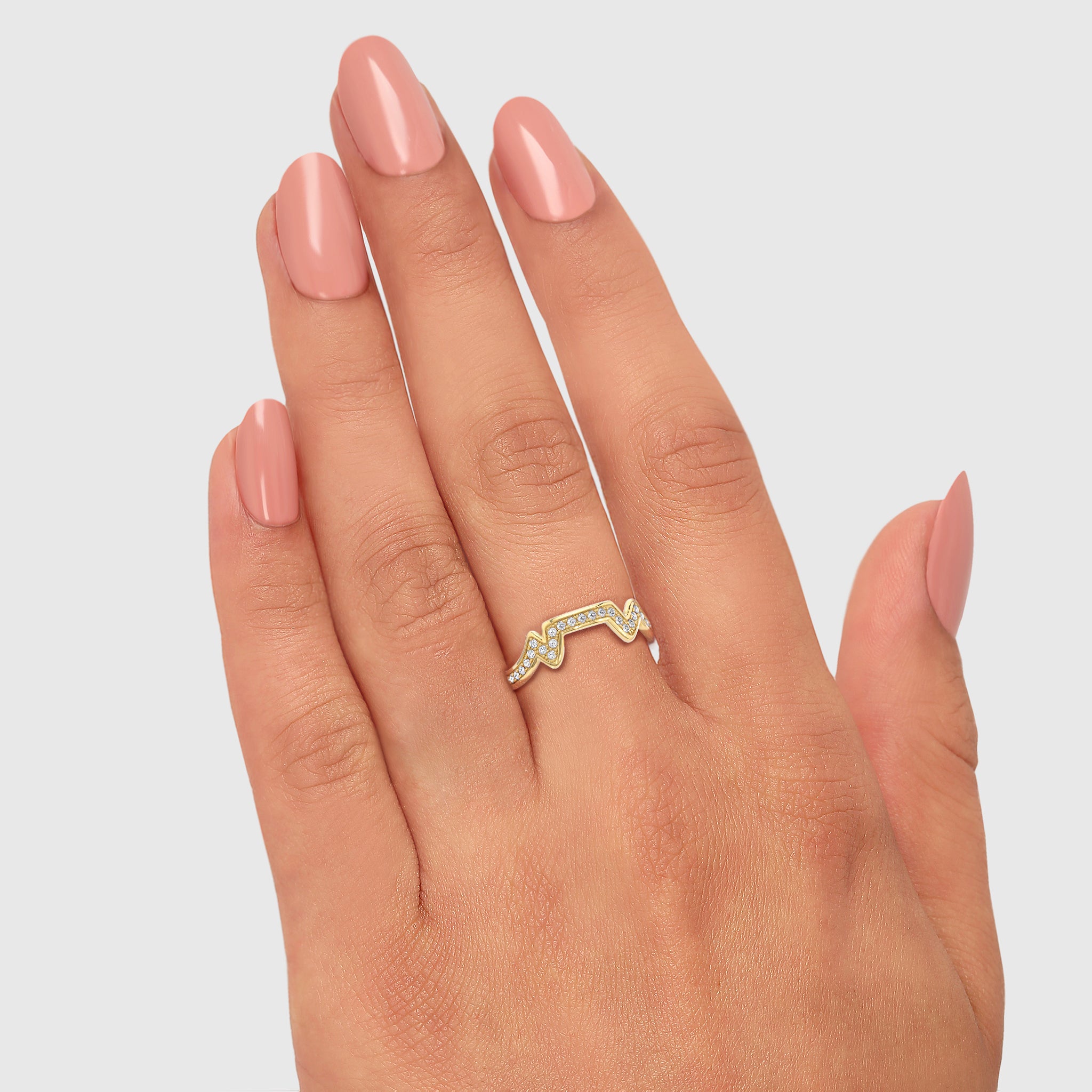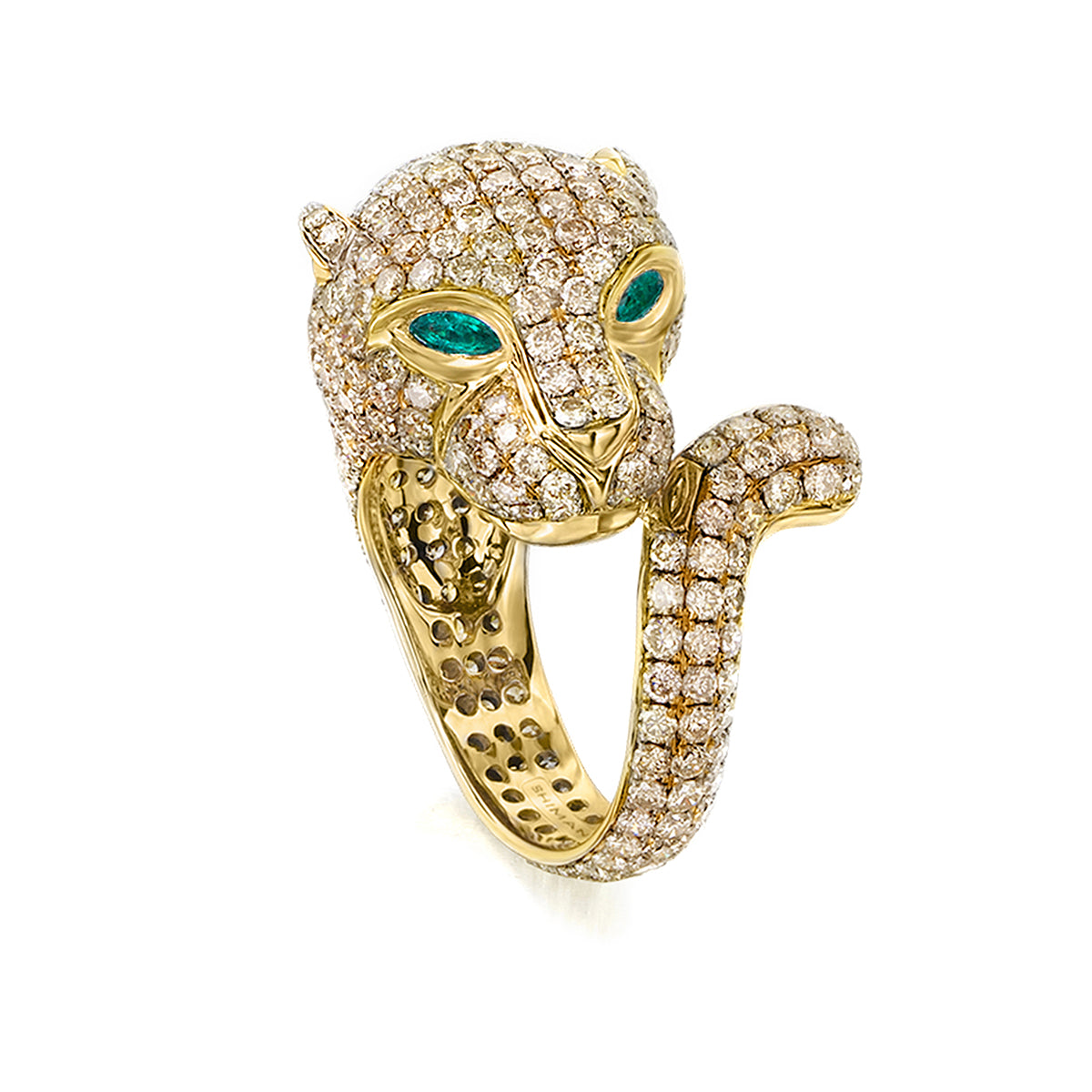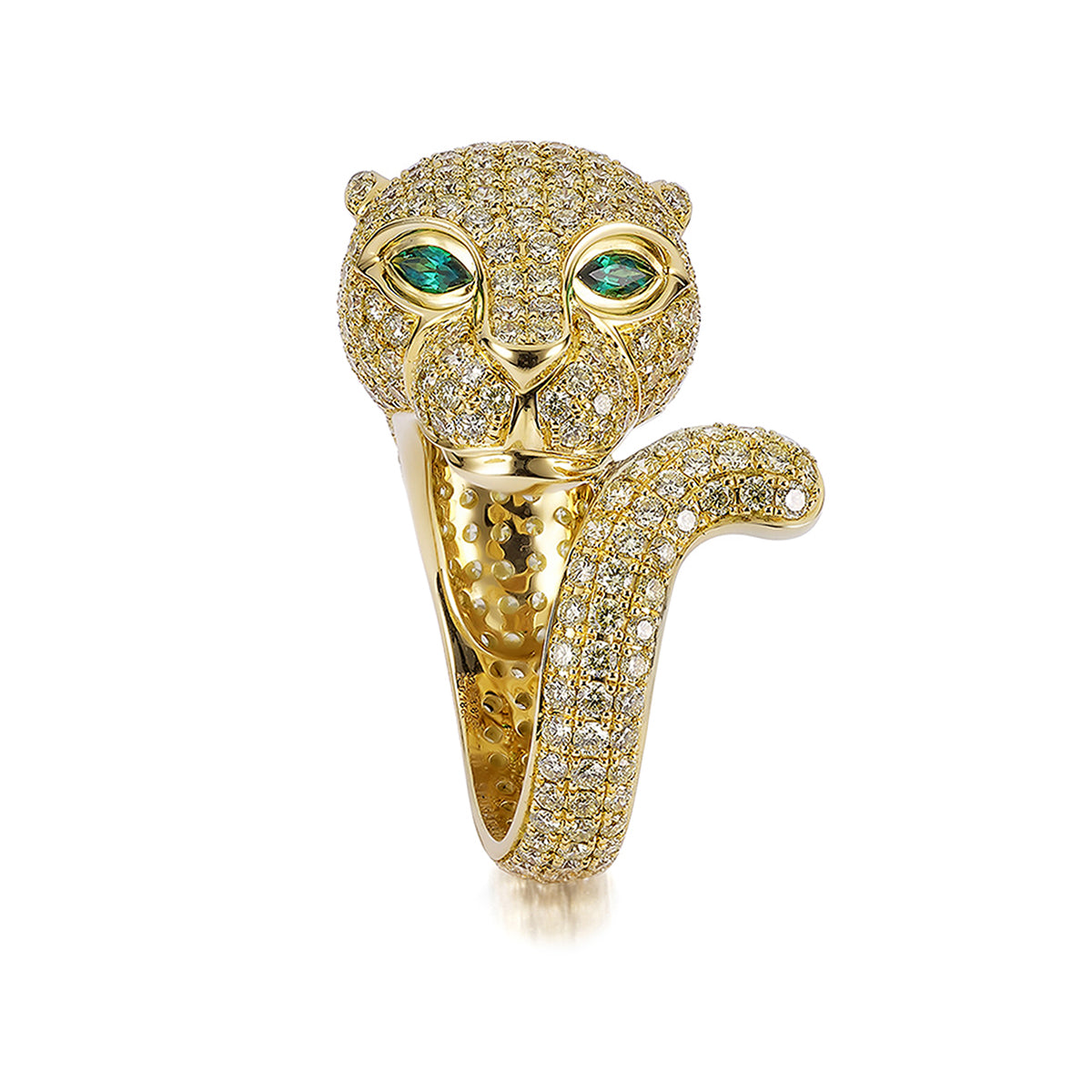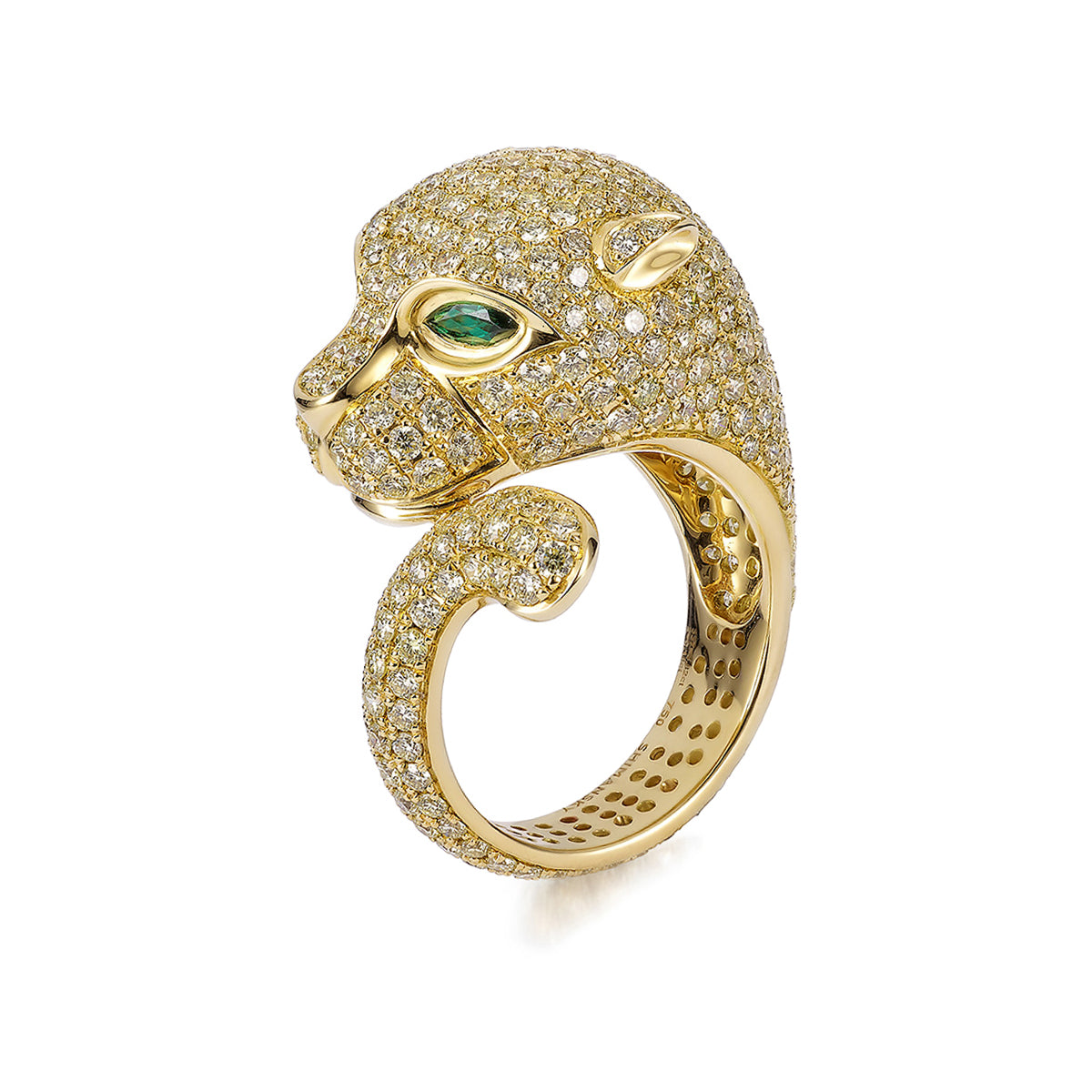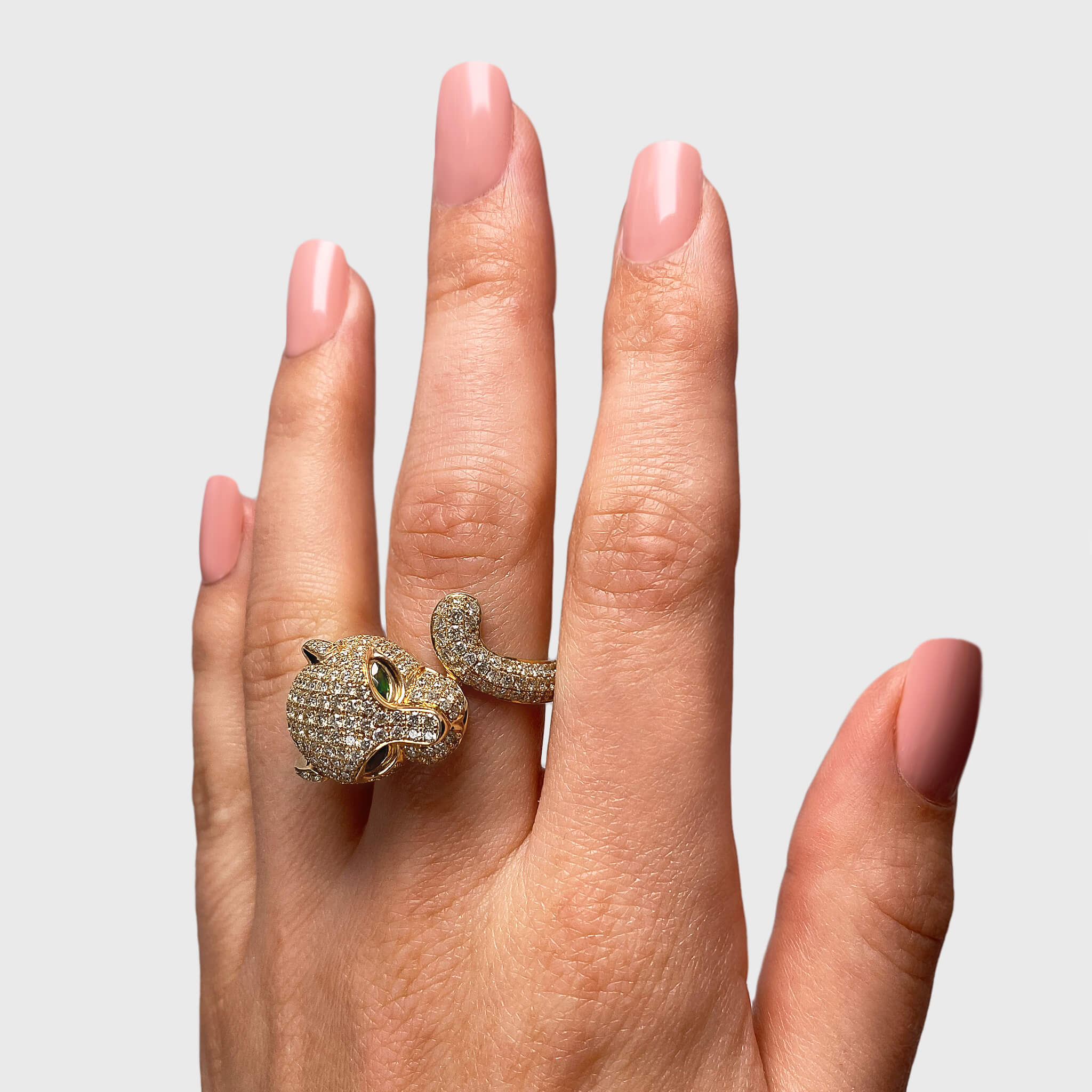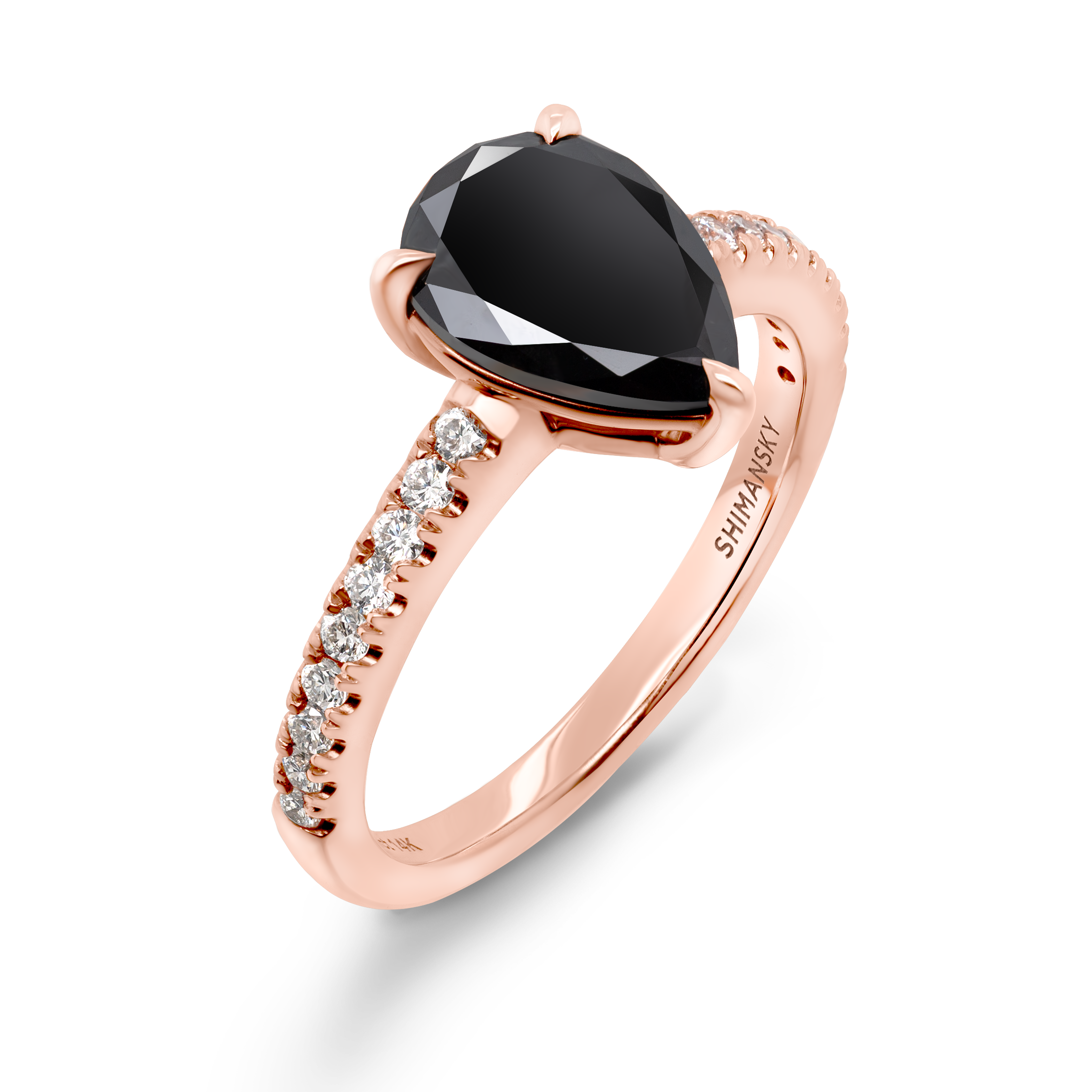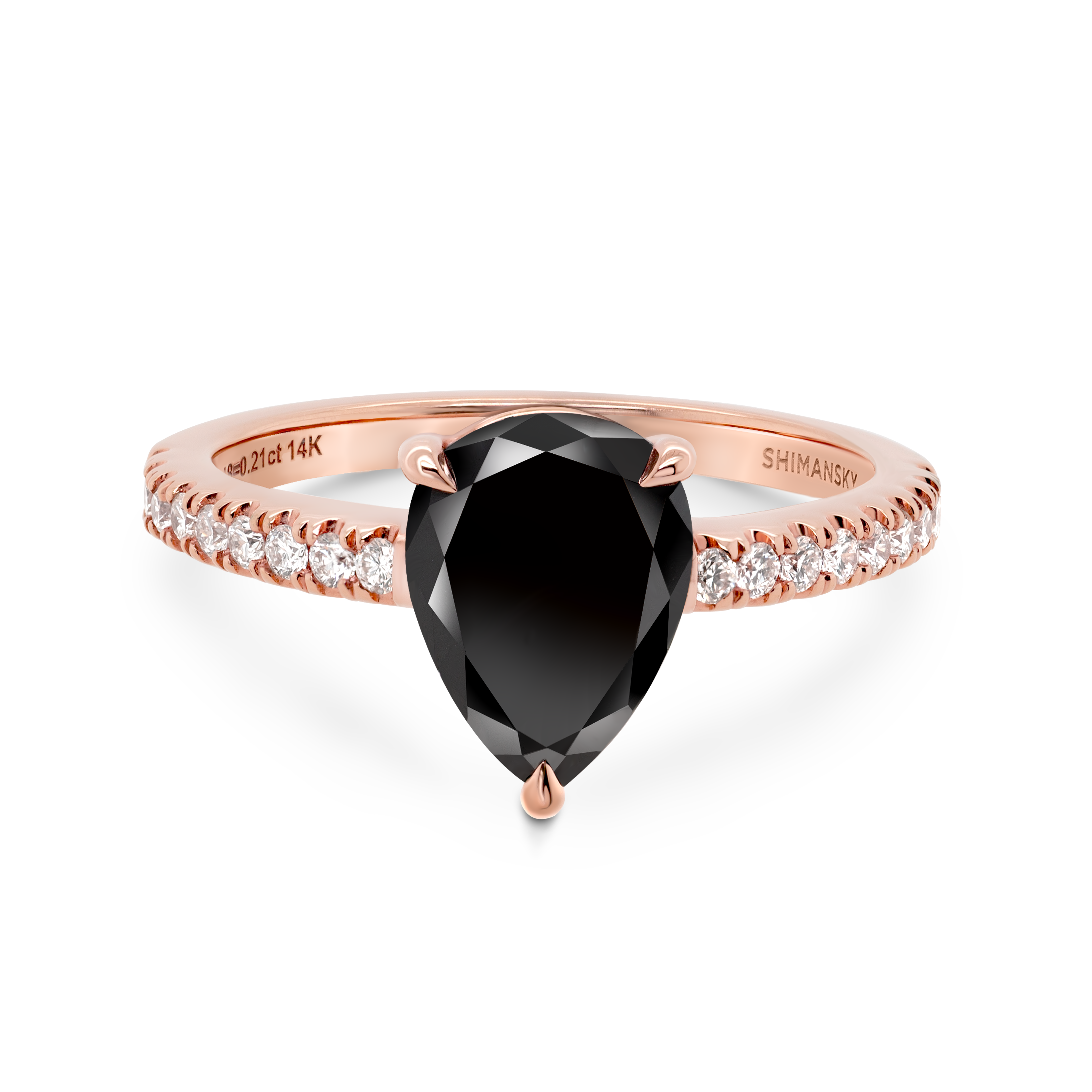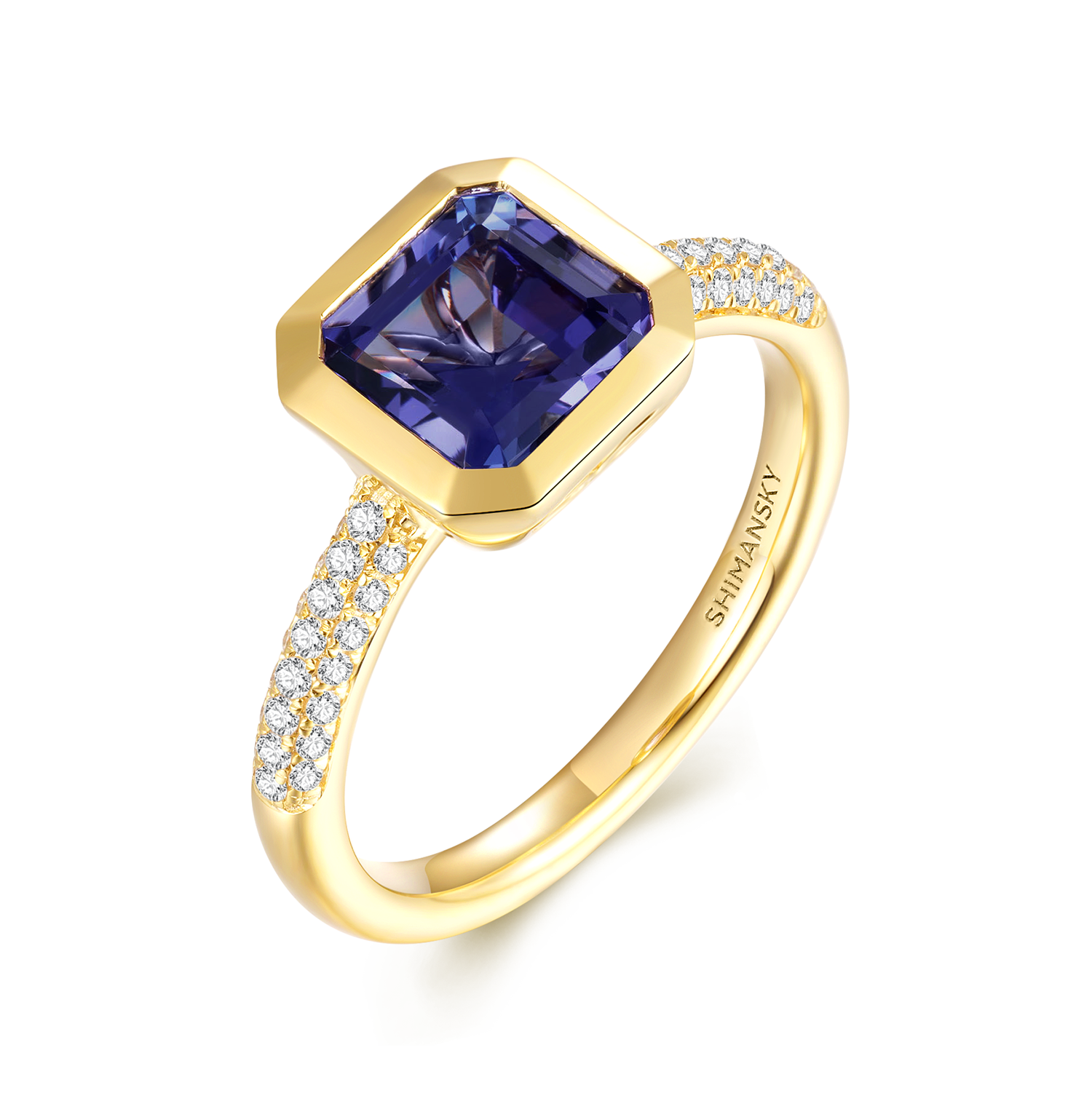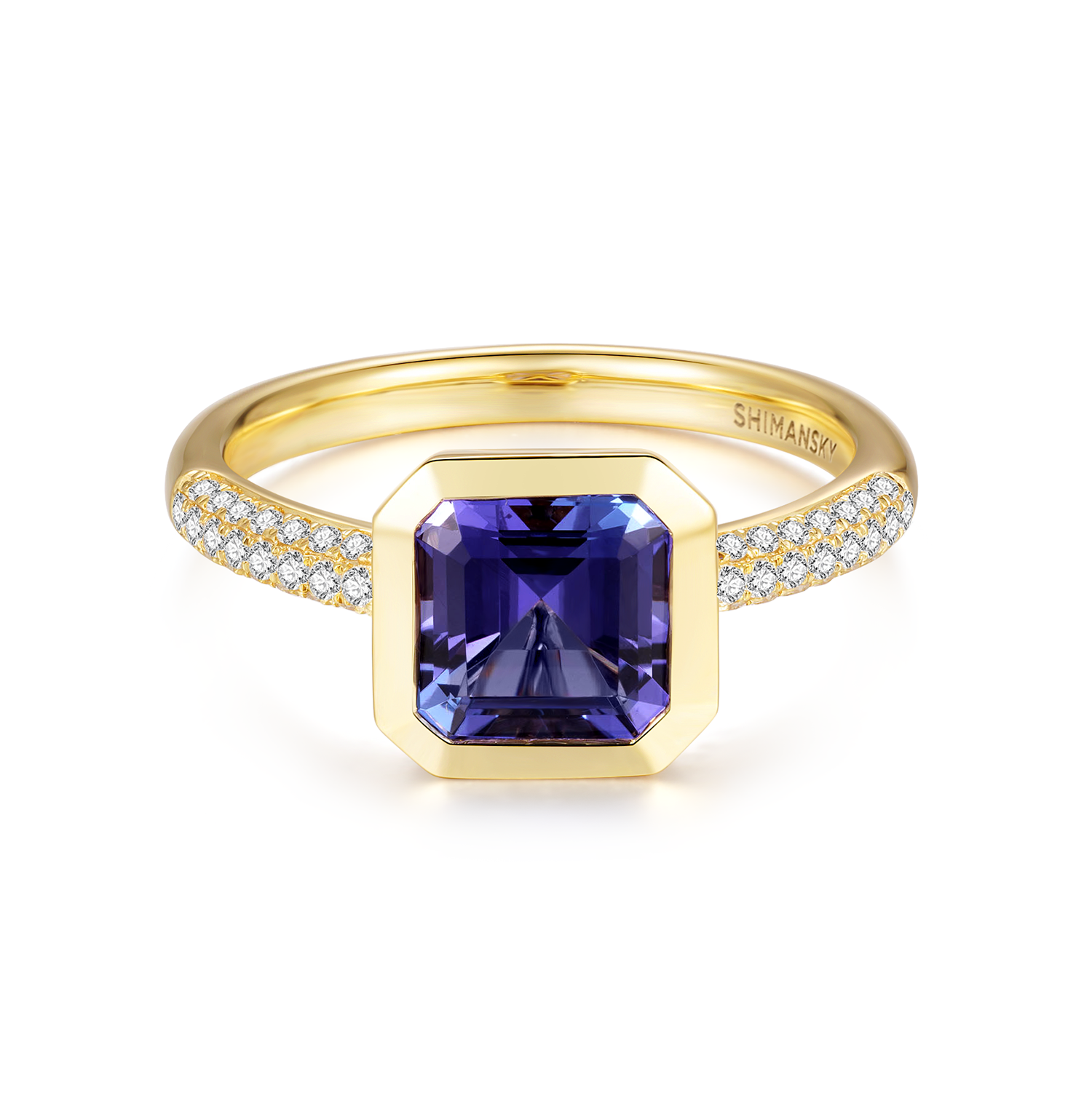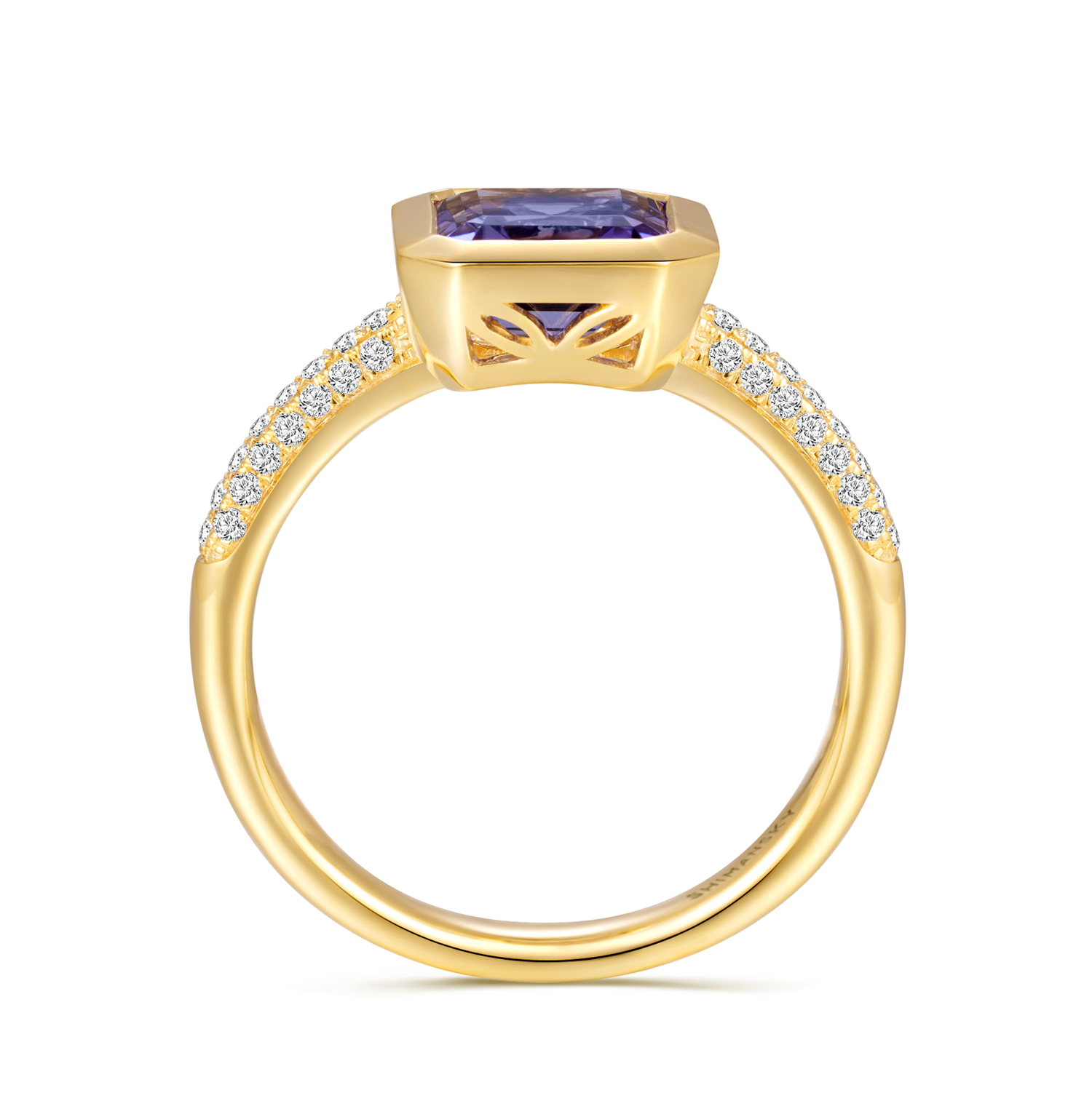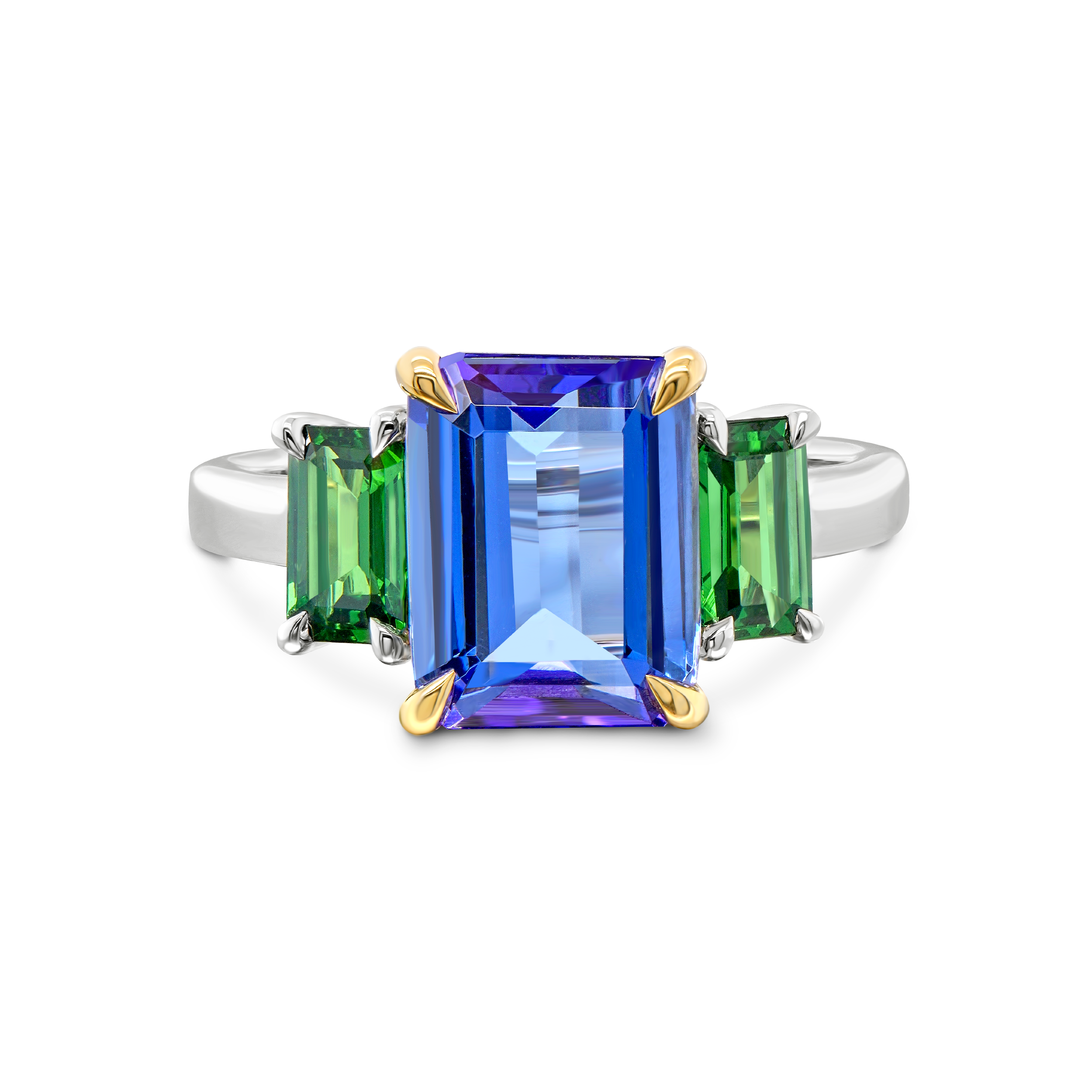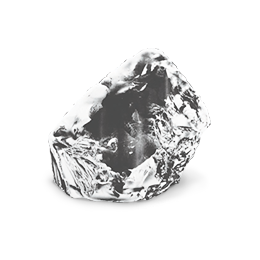
The Cullinan Diamond
Carat Weight: 3106 carats (rough)
Discovered: 26 January 1905
Origin: The Premier Mine, Transvaal, South Africa
The Cullinan Diamond is the largest gem quality diamond ever found. It was named in honour of Sir Thomas Cullinan, the founder of the Premier Mine in South Africa, where it was discovered. The rough diamond was cut by Asscher Brothers of Amsterdam and yielded 9 major diamonds, 96 smaller stones, and about 19.5cts of unpolished pieces.
The Largest Diamond Ever Found
The two largest gems were kept for England’s regalia and the rest went to Asscher as payment. King Edward bought one of the major gems for his consort, Queen Alexandra.The Transvaal government bought the remaining stones and pieces, and presented the other 6 major gems to Queen Mary in 1910. Two of the small stones were presented to Louis Botha, who gave one to his daughter when she turned 17.
When the Cullinan was first discovered, signs suggested that it could have been part of a much larger crystal, but no discovery of the ‘missing half’ has ever been authenticated.

Cullinan 1, The Star of Africa
Carat Weight: 530.2 carats (polished)
Rough Diamond: 3106 carats
Discovered: 1895
Origin: Zandfontein Farm, South Africa
Shape: Pear Shaped Brilliant-Cut
The Cullinan 1 Diamond, also known as the Great Star of Africa, is the largest cut diamond in the world. The stone, cut from the 3106 carat Cullinan, the largest diamond ever found, is a pear shaped diamond with 74 facets and now features in the Crown Jewels of the United Kingdom.
The Crown Jewels
The Cullinan I weighs 530.2 carats and is a prominent pear shaped diamond belonging to the British monarchy. The Cullinan 1 is mounted in the head of the Sceptre with the Cross, known as the “Sovereign's Sceptre”. Both the Cullinan I and the Cullinan II (cut from the 3106 carat Cullinan Diamond) are part of the Crown Jewels of the United Kingdom and are displayed at the Tower of London.

The Hope Diamond
Carat Weight: 45.52 carats (polished)
Discovered: Unknown
Origin: Believed to originate from the Kollur Mine in India.
Shape: Oval Brilliant Cut
Colour: Fancy Deep-blue
The Hope Diamond, also known as “Le Bijou du Roi” (the King’s Jewel”), is a 45.54 carat deep-blue diamond, appearing dark greyish-blue under normal light. Considered one of the most famous diamonds in the world, it received its modern name from Henry Thomas Hope, but has a long recorded history and is notorious for being cursed. Jean-Baptiste Tavernier, a French merchant, first acquired the stone in the 1660s. After being cut and reworked, it became part of the French Crown Jewels as the “French Blue.”
The Hope Diamond Curse
According to legend, the Hope Diamond was stolen from the eye of a statue of a Hindu deity, leading to a curse that foretold misfortune and death for its possessors. Its removal from India is steeped in tales of misfortune and tragedy, giving rise to its reputation as the cursed diamond. Its unusual size and deep-blue colour, attributed to trace amounts of boron in the stone, is often linked to its mystical powers.
Today, the Hope diamond is housed in the Smithsonian Institute in Washington D.C, but an exact replica of the Hope Diamond can be found at the Cape Town Diamond Museum in South Africa.
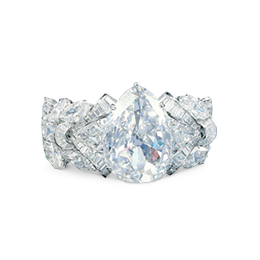
The Excelsior Diamond
Carat Weight: 995.2 carats (rough)
Discovered: 30 June 1893
Origin: Jagersfontein Mine, South Africa
Colour: Fancy Blue-white
The Excelsior Diamond was the largest known diamond in the world until the discovery of the Cullinan Diamond in 1905. Weighing an impressive 995.2 carats in its rough form, this blue-white stone was discovered at the Jagersfontein Mine in South Africa.
An Unusual Shape
Its blue-white tone and unusual shape (flat on one side and rising to a peak on the other) resembled a loaf of rye bread, which is believed to have inspired its name, “Excelsior,” meaning “higher.” The Excelsior was ultimately cut into 21 polished stones, with the largest being a 69.80-carat marquise.
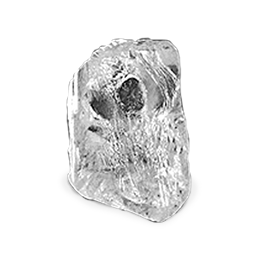
The Star of Sierra Leone
Carat Weight: 968.90 carats (rough)
Discovered: 14 February 1972
Origin: Yengeme, Sierra Leone
The Star of Sierra Leone is the third-largest rough diamond ever discovered and holds the title of the largest alluvial diamond ever found. Mined in Yengema, it was initially cut into a 143.20-carat emerald-shaped gem. However, upon closer inspection, internal inclusions led to it being recut into seven smaller stones. The largest of these resulting stones weighs 35.52 carats.
A Chemically Pure Diamond
What truly sets the Star of Sierra Leone apart is its exceptional chemical purity. It belongs to the rare Type IIa category, which includes less than 1% of all diamonds worldwide.
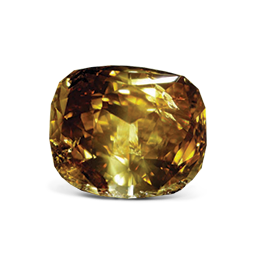
The Golden Jubilee Diamond
Carat Weight: 545.67 carats (polished)
Discovered: 1985
Origin: The Premier Mine, South Africa
Shape: Cushion Cut
Colour: Fancy Yellow-brown
The Golden Jubilee Diamond is the world’s largest faceted diamond, weighing an extraordinary 545.67 carats. Initially known as the “Unnamed Brown,” it was dismissed as unattractive until it was given to master cutter Gabi Tolkowsky to design, shape and polish. A process which took two years to complete.
The World’s Largest Faceted Diamond
In 1997, the diamond was presented to the King of Thailand to commemorate his Golden Jubilee, marking 50 years on the throne. Now part of Thailand’s crown jewels, the stone is housed in the Royal Thai Palace.
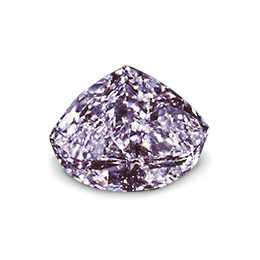
The Centenary Diamond
Carat Weight: 273.85 carats (polished),
Rough Diamond: 599 carats
Discovered: 17 July 1986
Origin: Premier Mine, South Africa
Shape: Pear shaped
Colour: Grade D Colourless
The Centenary Diamond is the world’s second-largest modern-cut flawless diamond and the largest fancy-cut diamond ever recorded. It features an extraordinary 247 facets (164 on the stone and 83 on the girdle) and is one of the only diamonds to combine ancient cutting techniques with modern diamond-cutting technology.
The Diamond Discovered by X-Ray
The rough diamond originally resembled an angular matchbox, with a projecting “horn” and a deep hollow on one side. Remarkably, it was discovered using an electric X-ray recovery system. Only a handful of people knew about the diamond and all were sworn to silence. De Beers later unveiled The Centenary Diamond on the company’s 100th birthday in 1988.
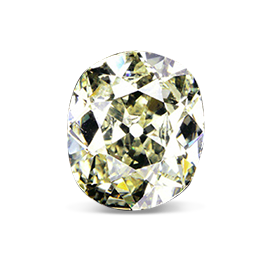
The Eureka Diamond
Carat Weight: 10.73 carats (polished)
Rough Diamond: 21.25 carats
Discovered: 1867
Origin: Orange River, Hopetown, South Africa
Shape: Oval Brilliant
Colour: Fancy Yellow
The Eureka Diamond was the first diamond discovered in South Africa, leading to the Kimberley Diamond Rush. Found by 15-year-old Erasmus Jacobs near the Orange River, he handed it to his neighbour, Schalk van Niekerk, who was a collector of unusual stones. Van Niekerk passed the stone to a travelling peddler, John O’Reilly, who sent it to Dr W.G. Atherstone of Grahamstown, who, as one of few gem and minerals experts in the region at the time, finally identified it as a diamond.
The First Diamond Discovered in South Africa
Dr. Atherstone identified the rough diamond as a 21.25ct fancy coloured brownish-yellow diamond. It was sold to Sir Philip Wodehouse for £1,500 and cut into a 10.73-carat cushion-shaped brilliant. The Eureka diamond remains a landmark in the history of diamond mining in Africa.
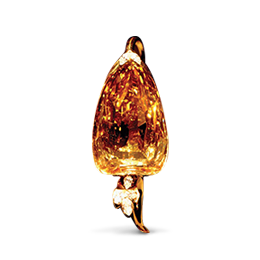
The Incomparable Diamond
Carat Weight: 407.48 carats (polished)
Rough Diamond: 890 carats
Discovered: 1984
Origin: Mbuji Mayi District, Democratic Republic of Congo
Shape: Triolette
Colour: Fancy Brownish-Yellow
The Incomparable Diamond is the third largest diamond ever cut, surpassed by the Cullinan 1 and the Golden Jubilee. A young girl encountered the diamond in a pile of rubble collected from old mine dumps. It was considered to be cut into the world’s largest gem, but the size was reduced for the sake of having fewer internal flaws.
Largest Internally Flawless, Fancy Colour Diamond
Originally intended to be cut into the largest gemstone ever, the stone was instead refined to prioritise clarity over size. The result was one large internally flawless diamond (the Incomparable) and 14 smaller stones ranging in colour from colourless to deep brown. The diamond is remarkable for its unusual triolette shape and natural brownish-yellow colour.
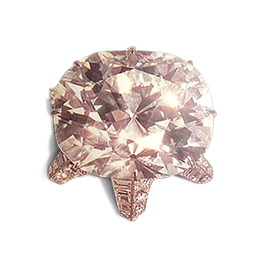
The Jubilee Diamond
Carat Weight: 245.35 carats (polished)
Rough Diamond: 650.80 carats
Discovered: 1895
Origin: Jagersfontein Mine, Free State, South Africa
Shape: Cushion Cut
Colour: E
Clarity: VVS2
Initially known as the Reitz Diamond, the Jubilee Diamond was discovered in 1895 and was, at the time, the second largest diamond in the world. Cut from a 650.80ct rough stone, it was transformed into two large, high-quality diamonds, praised for their exceptional clarity, brilliance, and near-colourless appearance. Today, it is the world’s sixth largest diamond
Queen Victoria’s Diamond Jubilee
Renamed in honour of Queen Victoria’s Diamond Jubilee, the larger of the two diamonds became known as the Jubilee Diamond. The Jubilee, along with the Excelsior Diamond, was acquired by a Syndicate of London diamond merchants, including Wernher, Beit & Co., Barnato Bros. and Mosenthal Sons & Co. It remains one of the most celebrated cushion-cut diamonds in history.
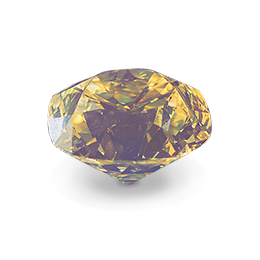
The De Beers Diamond
Carat Weight: 234.65 carats (polished)
Discovered: 1888
Rough Diamond: 428.5 old carats
Origin: De Beers Mine, Kimberley South Africa
Discovered the same year De Beers Consolidated Mines Limited was founded in 1888, the De Beers Diamond emerged from the Kimberley mines as an impressive light-yellow octahedral crystal. Weighing 428.5 “old carats” (a pre-metric unit used before 1913), it measured 47.6mm through its longest axis and 38.1mm square, making it the largest diamond found at the four primary Kimberley mines at the time (excluding Victoria, whose source is doubted and unconfirmed).
The 7th Largest Faceted Diamond in the World
Weighing 234.65 carats after cutting, the De Beers Diamond is currently ranked as the seventh largest faceted diamond in the world (excluding the now-lost Nizam Diamond). Likely cut in Amsterdam, a growing diamond cutting centre in the late 19th century, the diamond was eventually purchased by the Maharaja of Patiala. Cartier of Paris set it as the centrepiece of the famous Patiala Necklace in 1928. During the 1930s, the De Beers Diamond was acquired by its present owners. Today, it remains privately owned and was last seen publicly displayed in Israel in 1973.
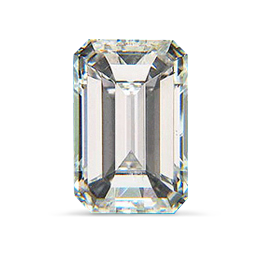
The Jonker Diamond
Carat Weight: 142.90 carats (polished)
Rough Diamond: 726 carats
Discovered: 1934
Origin: Elandsfontein, Pretoria, South Africa
The Jonker Diamond was discovered by a South African farmer, Mr. Johannes Jacobus Jonker, on the banks of the Elandsfontein River near Pretoria, South Africa. Weighing 726 carats in its rough state, it was purchased by Sir Ernest Oppenheimer for an estimated US $700,000.
A Diamond Divided into Twelve Stones
The rough diamond was eventually cut into twelve separate stones by Lazare Kaplan, a renowned diamond cutter. The largest of these stones, weighing 142.90 carats, retained the name The Jonker and became one of the most celebrated diamonds of its time for both its size and exceptional clarity.
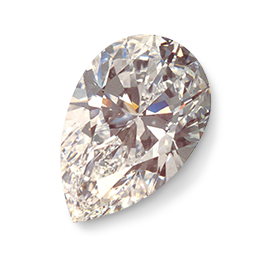
The Premier Rose Diamond
Carat Weight: 137.02 carats (polished)
Rough Diamond: 353.9 carats
Origin: Premier Mine, South Africa
Colour: D
Clarity: Flawless
Shape: Pear Shape
In March 1978, the Premier Mine, famed for producing the Cullinan Diamond, produced another extraordinary stone. Weighing 353.9 carats, this diamond, with its triangular-shaped cleavage of the finest colour, travelled through a number of stages of mining recovery before emerging at the grease table in the recovery plant.
The Largest D-Colour Flawless Diamond in the World
The rough diamond was expertly cut into three stones, the largest of which is the 137.02-carat Premier Rose. It remains one of the largest D-colour, flawless diamonds ever recorded and is renowned for its perfect symmetry and brilliant pear shape.

The Tiffany Yellow Diamond
Carat Weight: 128.54 carats (polished)
Rough Diamond: 287.42ct rough
Discovered: 1878
Origin: Kimberley, South Africa
Colour: Fancy Yellow
Shape: Cushion Cut
Discovered in 1878 at the Kimberley Mine in South Africa, the Tiffany Yellow Diamond weighed an impressive 287.42 carats in the rough, making it one of the world’s largest fancy yellow diamonds. It was purchased by Tiffany & Co. and cut in Paris by master gemologist George Frederick Kunz. To maximise and accentuate its brilliance, it was cut into a cushion shaped diamond, weighing 128.54 carats, with 90 facets (32 more facets than that of the traditional round brilliant cut diamond).
Worn by Audrey Hepburn and Lady Gaga
The Tiffany Yellow Diamond has been famously set in Jean Schlumberger’s “Bird on a Rock” brooch and worn by icons such as Audrey Hepburn and Lady Gaga. It remains one of the largest and most iconic fancy yellow diamonds in the world.
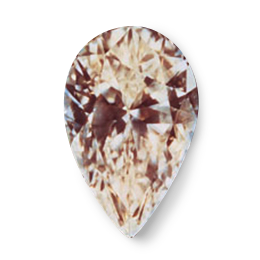
The Niarchos Diamond
Carat Weight: 128.25 carats (polished)
Rough Diamond: 426.5 carats
Discovered: 1954
Origin: Premier Mine, South Africa
Shape: Pear Shape
Discovered at the Premier Mine in South Africa, the Niarchos Diamond weighed 426.5 carats in its rough form. Although slightly chipped, most likely as a result of contact with the mine’s underground crusher, Sir Ernest Oppenheimer thought it had the most perfect colour he had ever seen in a diamond, and his opinion was shared by many fortunate enough to see it.
The Ice Queen
Acquired by Harry Winston in 1956 for GBP 3,000,000, it was later cut into a 128.25-carat pear-shaped diamond with 58 facets and an additional 86 girdle facets. Nicknamed The Ice Queen by master cutter de Haan, it was unveiled in 1957 and famously featured in a 1958 National Geographic article.
Greek shipping magnate Stavros Niarchos purchased the gem for his wife Charlotte Ford, naming it The Niarchos Diamond. After their divorce, the diamond toured globally for exhibitions but disappeared from public view after Niarchos’s death in 1996.
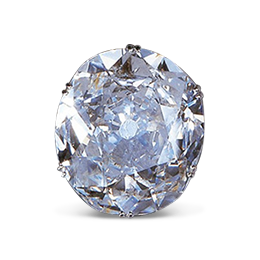
The Koh-I-Noor
Carat Weight: 108.93 carats (polished)
Rough Diamond: 186 carats (rough)
Discovered: 13th Century
Origin: India
Shape: Brilliant Cut
First documented in the 13th century, the Koh-I-Noor Diamond is one of the oldest and most fabled diamonds in the world. Its name, meaning “Mountain of Light,” was bestowed by Persian ruler Nadir Shah after he seized it during the conquest of Delhi in 1739.
The World’s Most Expensive Diamond
Originally weighing 186 carats, the diamond was acquired by the British and presented to Queen Victoria in 1850. It was later recut in 1852 into a 108.93-carat Round Brilliant to enhance its brilliance. Today, the Koh-I-Noor is set in the Queen Mother’s crown and is on public display at the Tower of London as part of the British Crown Jewels.
The diamond weighed 186 carats and was given to Queen Victoria in 1850. Two years later it was cut into a Round Brilliant weighing 108.93 carats. Currently on display in the Tower of London, the diamond has been used in the crowns of numerous kings and queens.
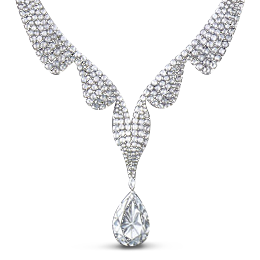
The Taylor Burton Diamond
Carat Weight: 69.42 carats (polished)
Rough Diamond: 240.80 carats
Discovered: 1966
Origin: Premier Mine
Shape: Pear Shape
The most famous of Richard Burton’s purchases, the Taylor-Burton Diamond was discovered in 1966 at the Premier Mine, South Africa, and originally weighed 240.80 carats in the rough. Acquired by Harry Winston, the stone was studied for six months by master cleaver Pastor Colon Jr. before it was cleaved under intense media scrutiny. To show where the stone could be cleaved, markings were made, erased and redrawn.
“Beautiful!”
When the day appointed for cleaving arrived, the usual tensions associated with such a project were heightened as a result of the television cameras which had been allowed inside the workroom. After cleaving the stone, watched live by TV cameras, Colon Jr. examined the separated piece and simply said, “Beautiful!”
This rough piece weighed 78 carats, and was expected to yield a stone of roughly 24 carats. The large piece, which weighed 162 carats, yielded a 69.42-carat pear-shaped diamond, one of the most iconic diamonds in modern history. It was famously purchased by Richard Burton for Elizabeth Taylor, instantly elevating its celebrity status and giving it its name.
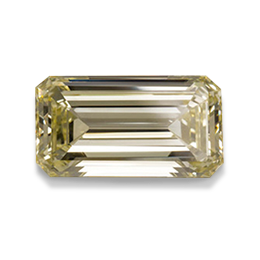
The Kimberley Diamond
Carat Weight: 55.09 carats (polished)
Previously: 70 carats (polished)
Origin: Kimberley, South Africa
Cut: Step Cut
Found in the Kimberley Mine, South Africa, this diamond originally weighed 70 carats and was known for its flawless clarity and champagne colour. Once part of the Russian Crown Jewels, it was a large, flat stone before being reimagined in the 20th century.
Recut for Brilliance
In 1958, the diamond was recut by its then-owners, Baumgold Bros. of New York City, to improve its proportions and brilliance. The new cut reduced its weight to 55.09 carats. By 1971, it was valued at $500,000 and sold to a private collector, where it remains today.
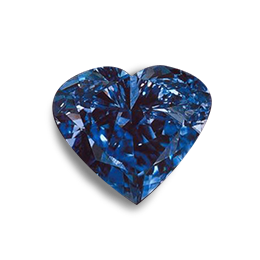
The Heart of Eternity
The Heart of Eternity is a rare heart-shaped diamond weighing 27.64 carats famous for its Fancy Vivid Blue colour. It is one of only a handful of blue diamonds in the world with such intensity and saturation.
A Millennium Jewel
Unveiled in January 2000 as part of the De Beers Millennium Jewels collection, the Heart of Eternity was displayed alongside 11 other rare blue diamonds and the famed Millennium Star. These diamonds were assembled over years by the De Beers Group to mark the turn of the millennium and celebrate nature’s rarest treasures.
RINGS
Featured collection

